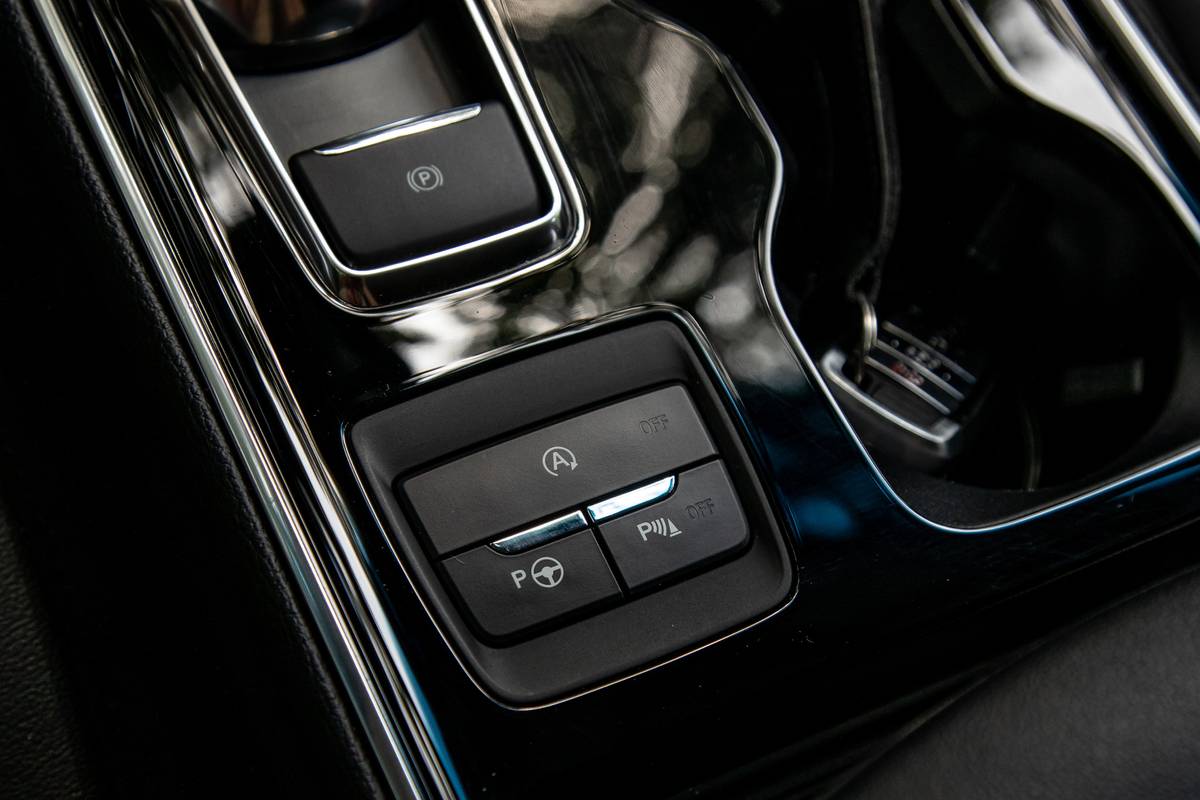
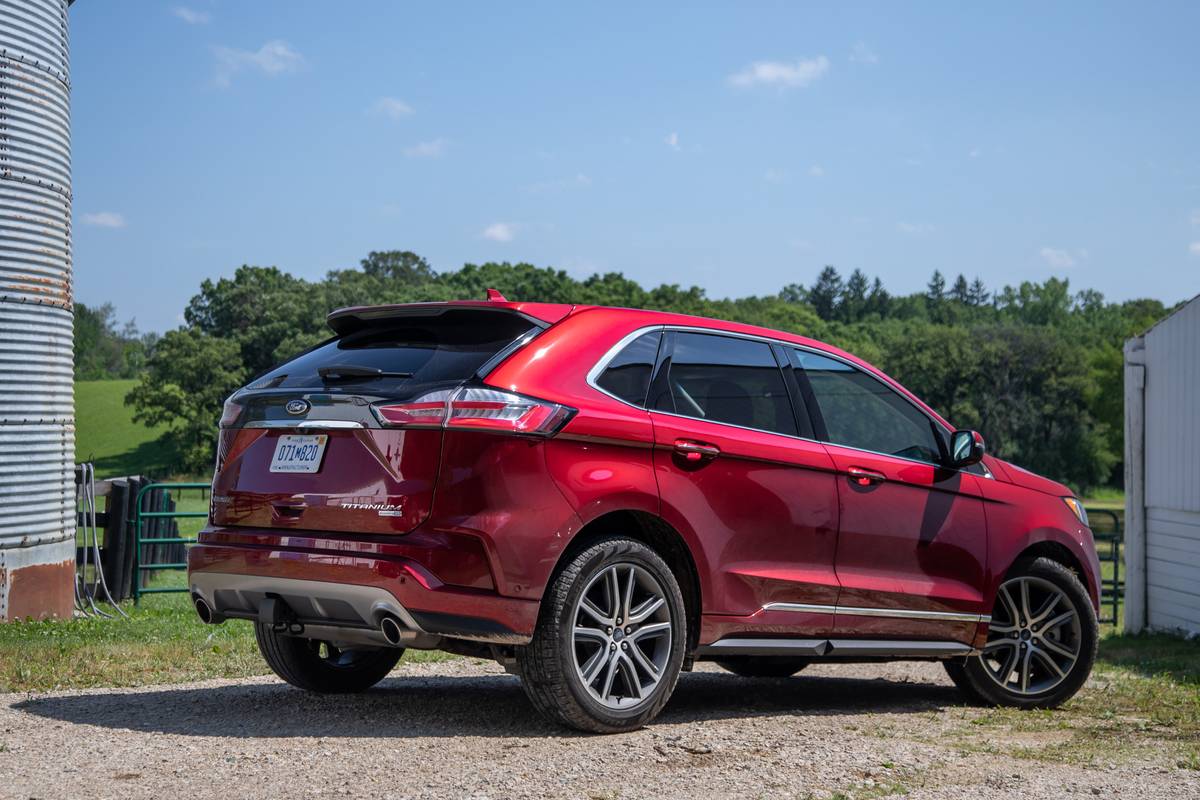
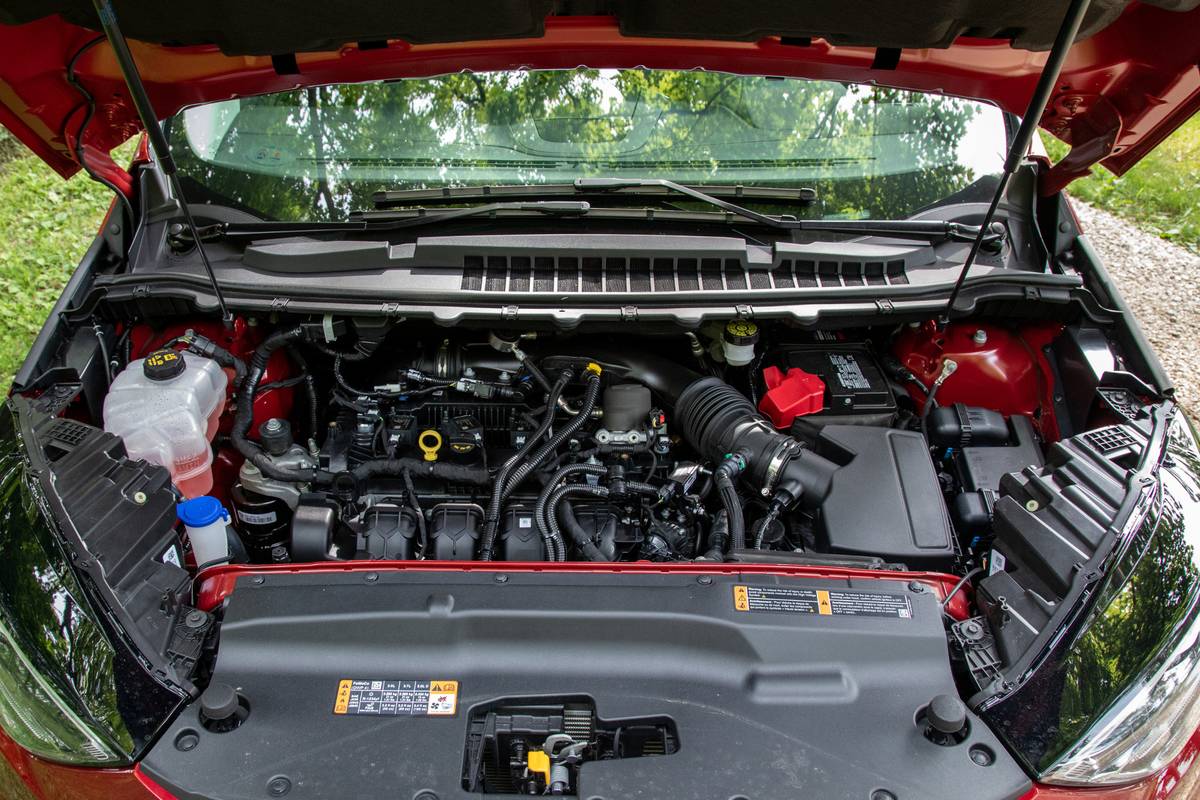
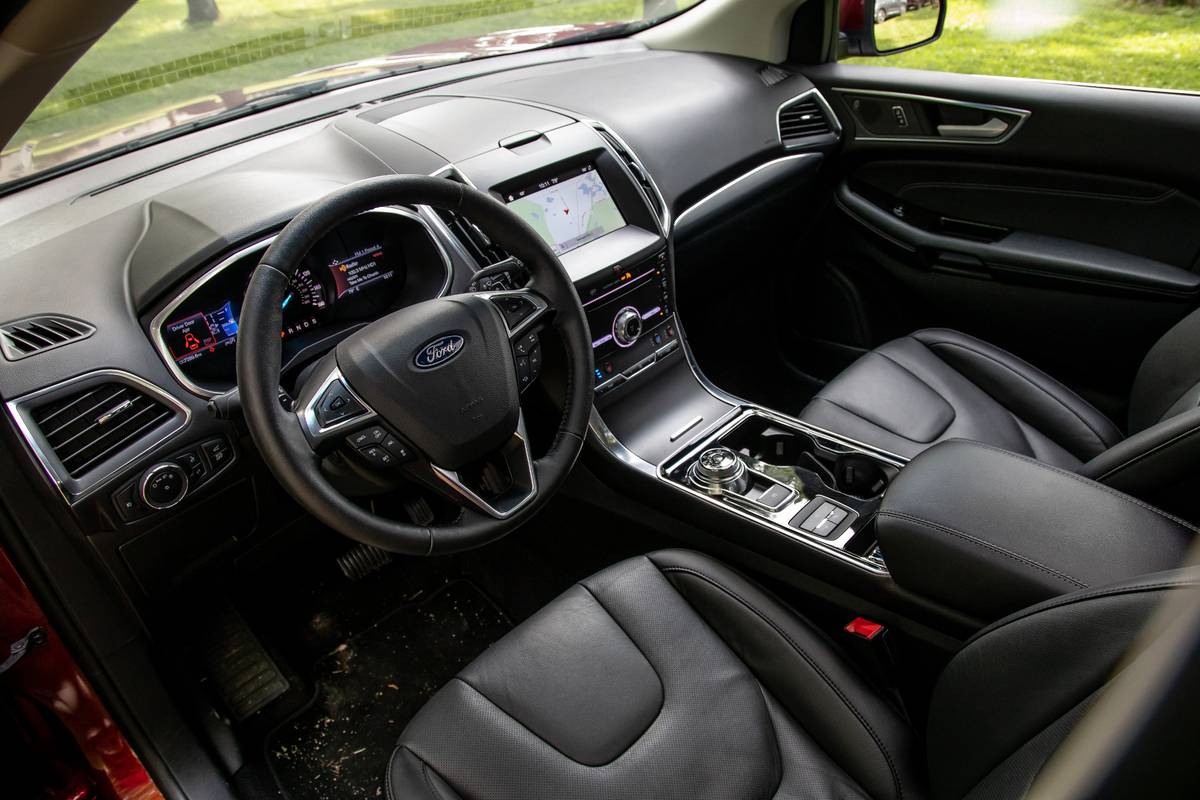
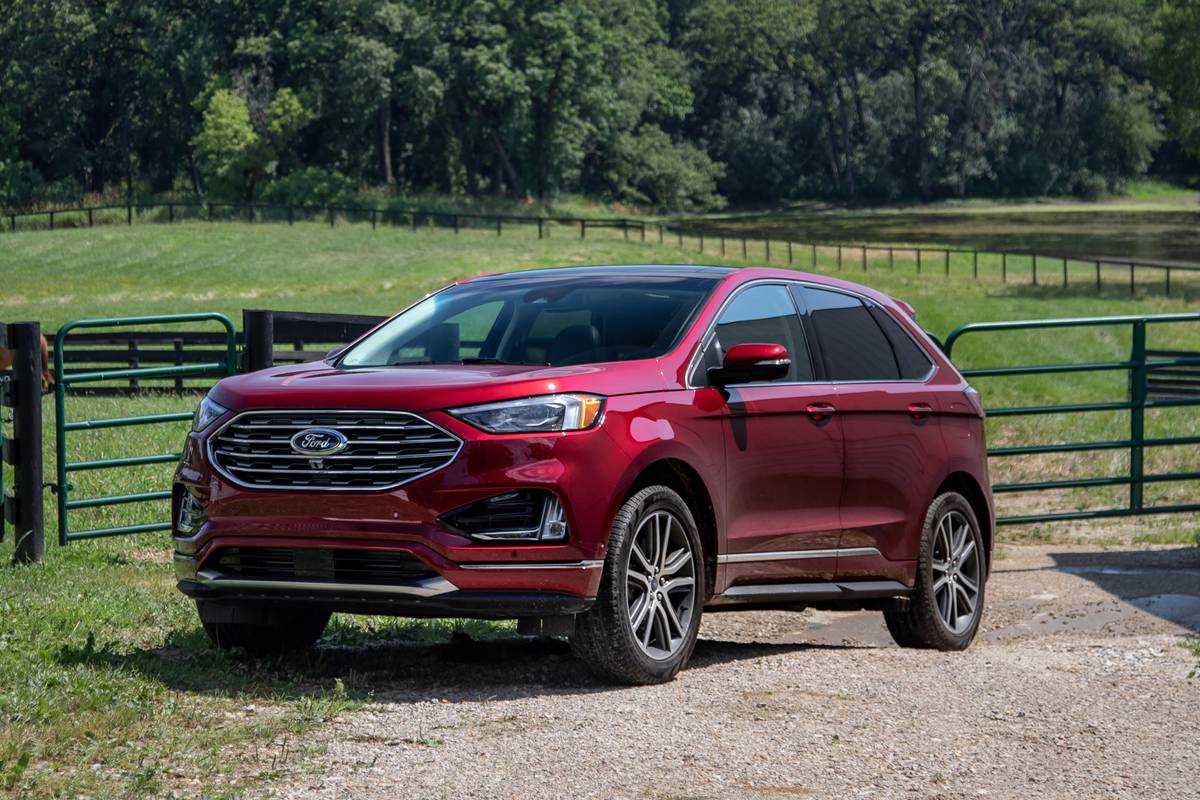


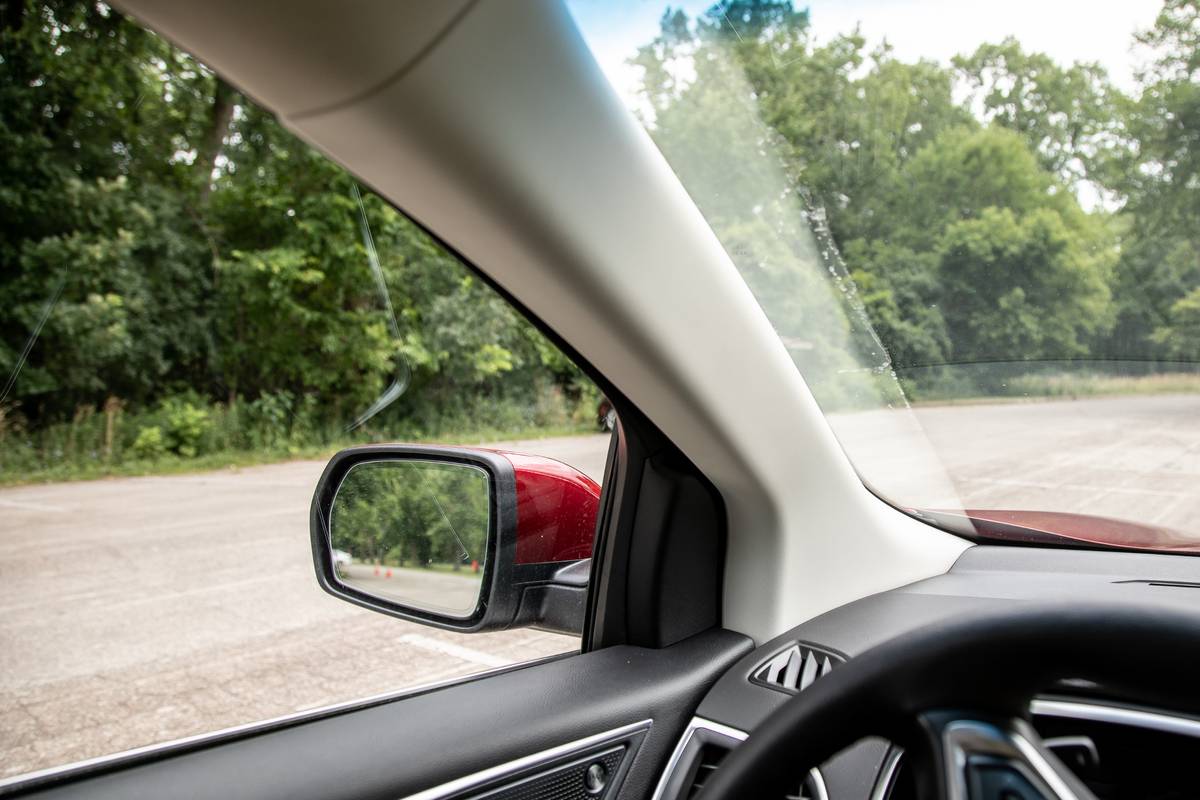
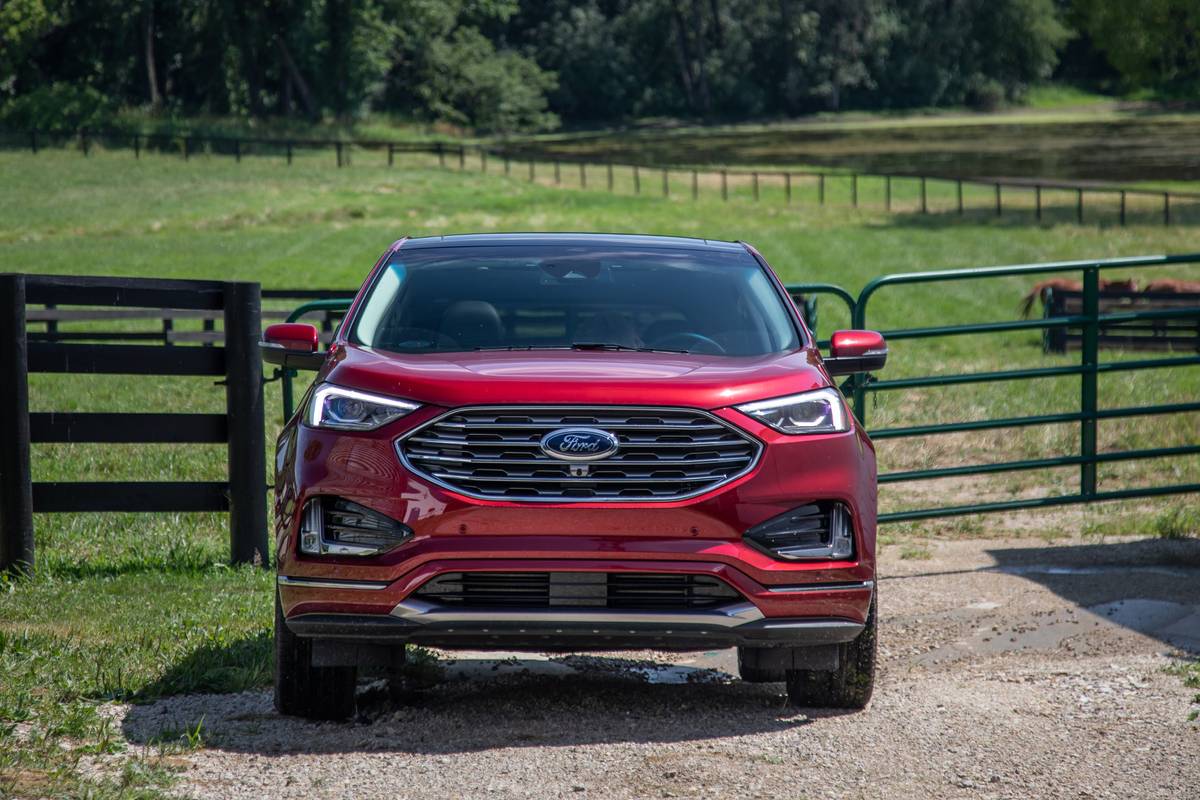
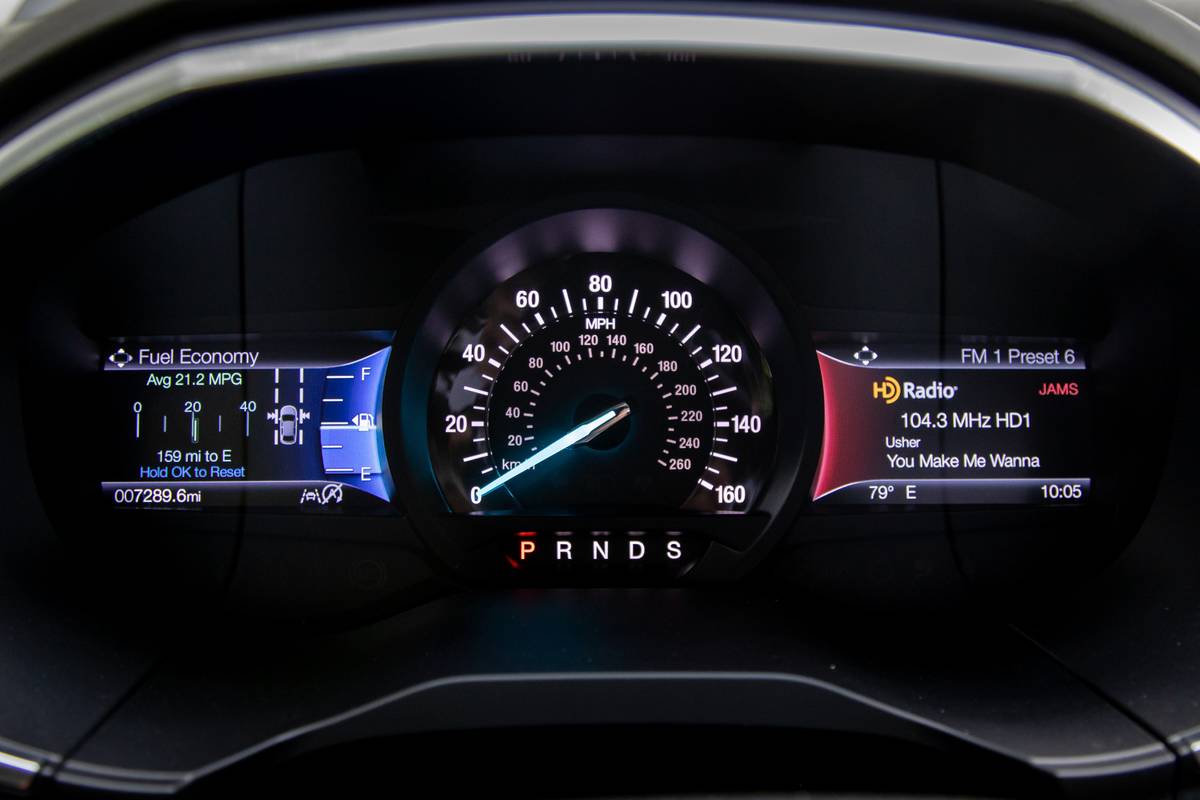
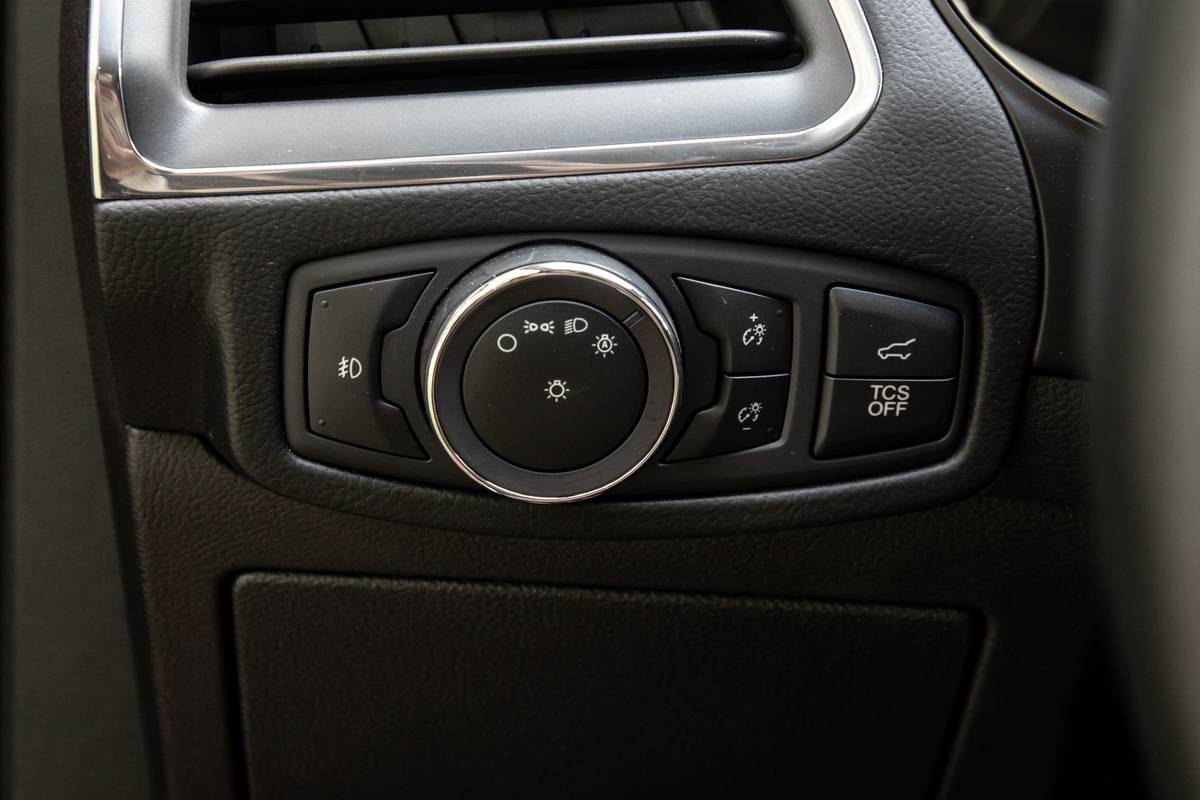
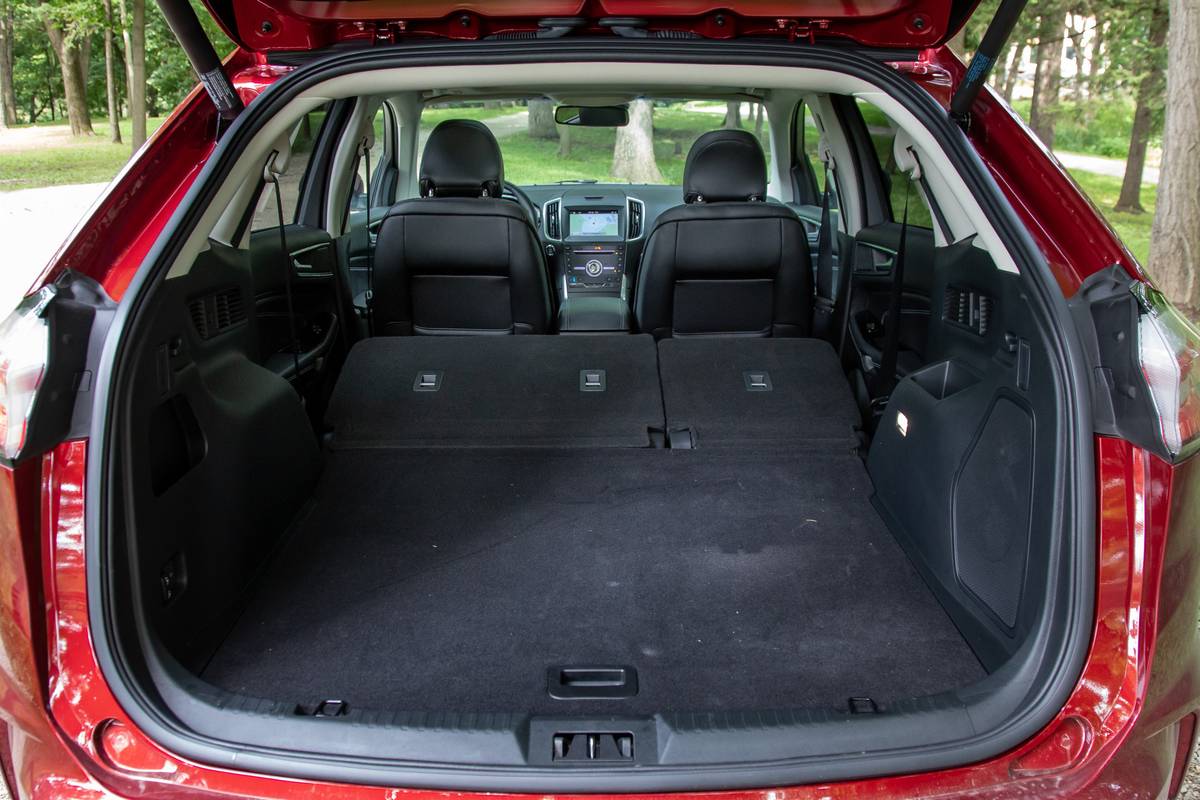
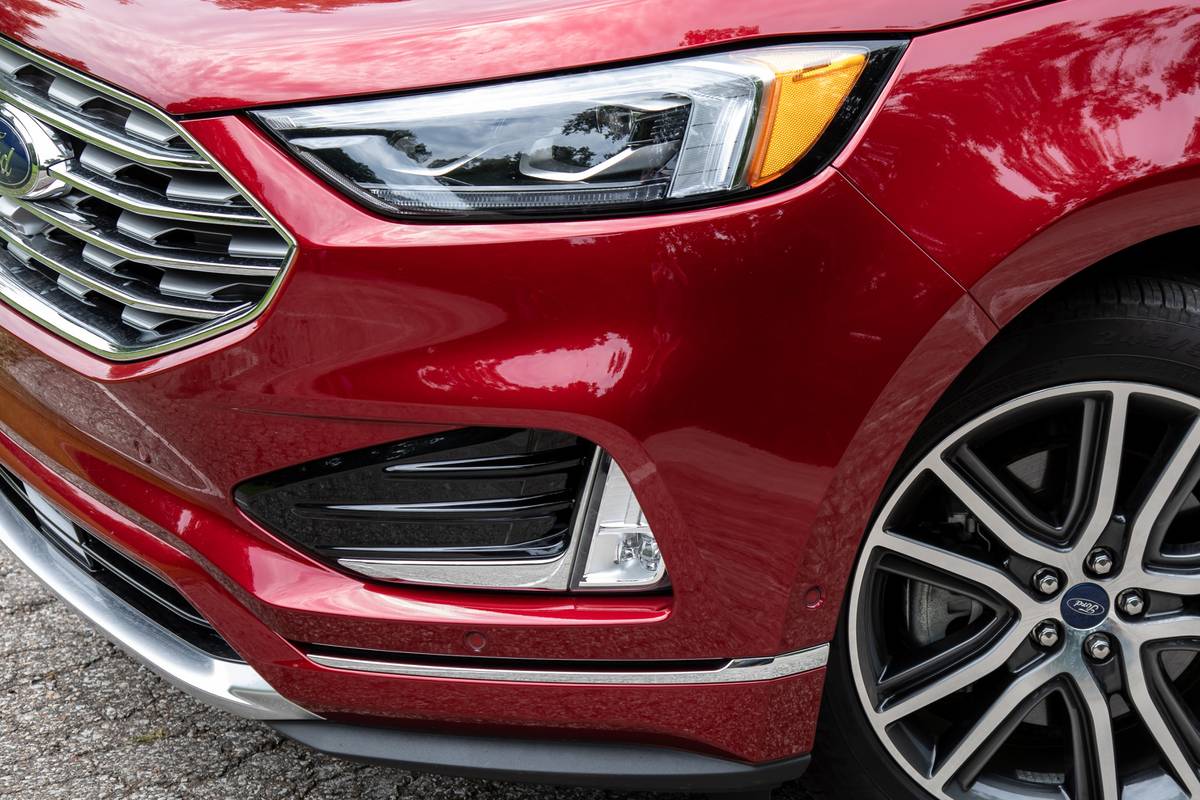
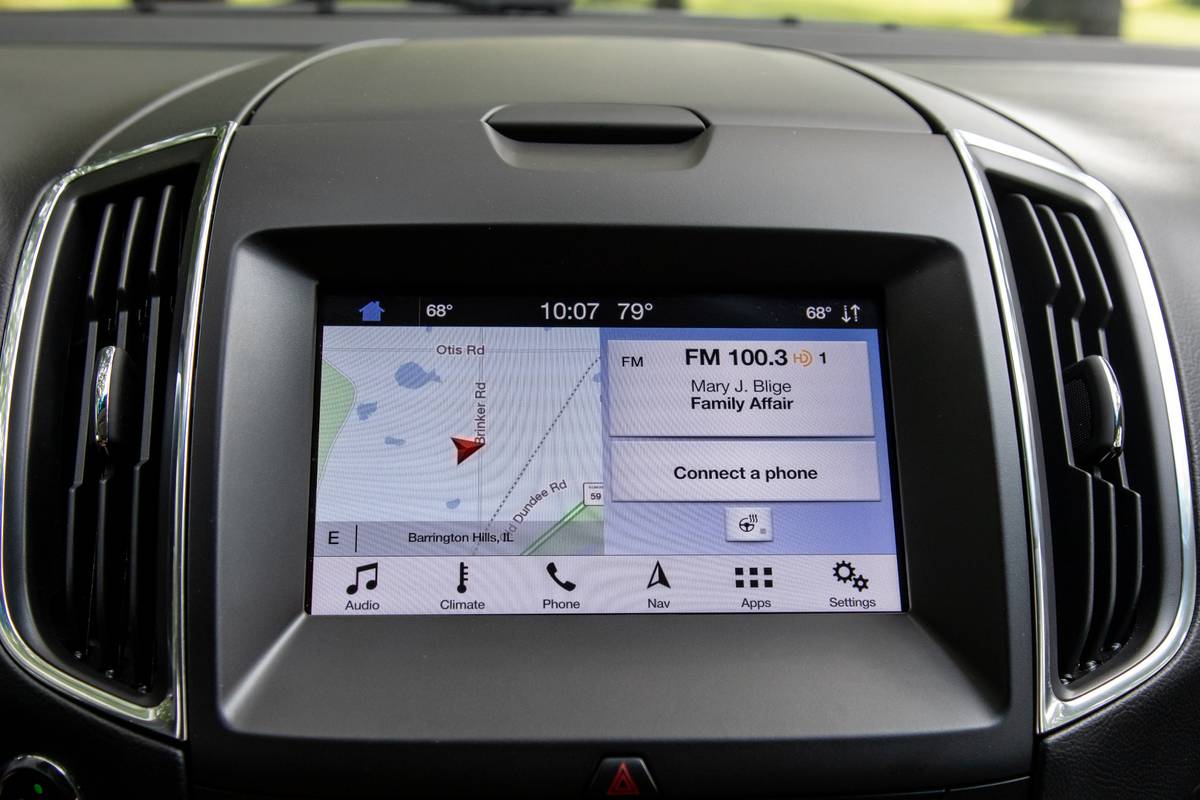
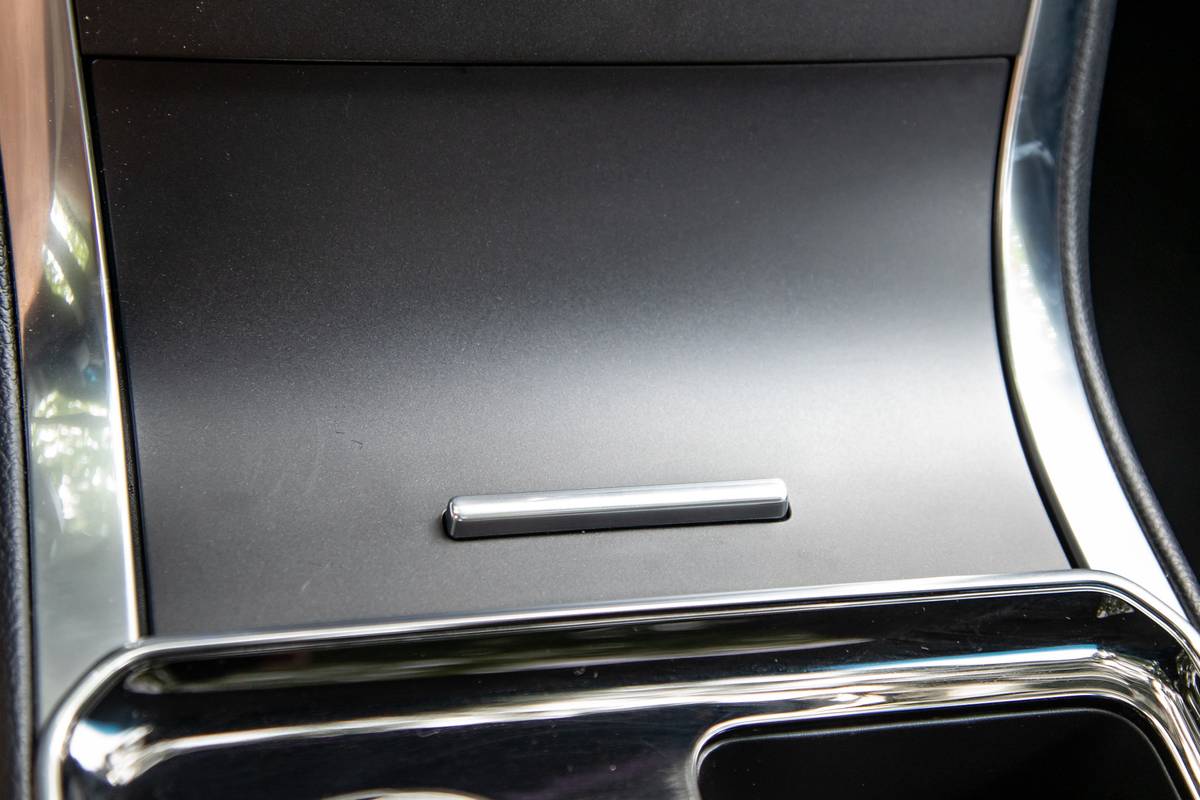
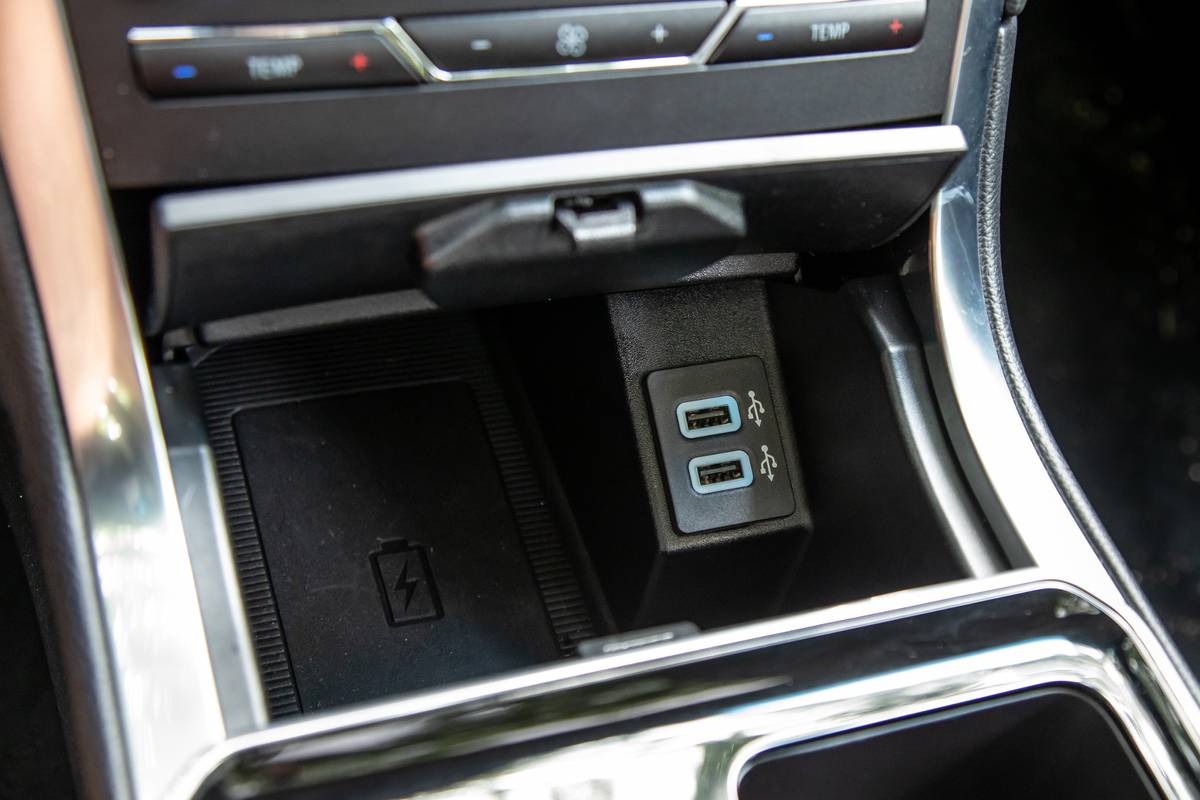
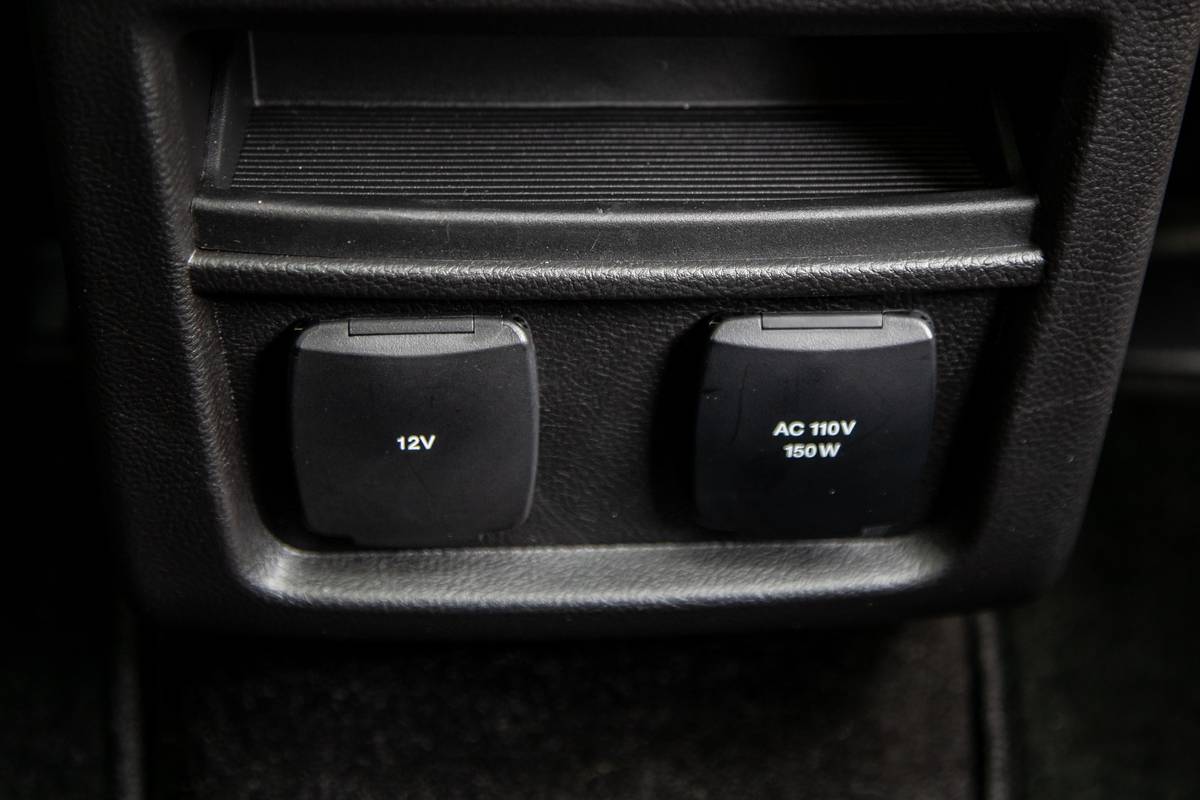

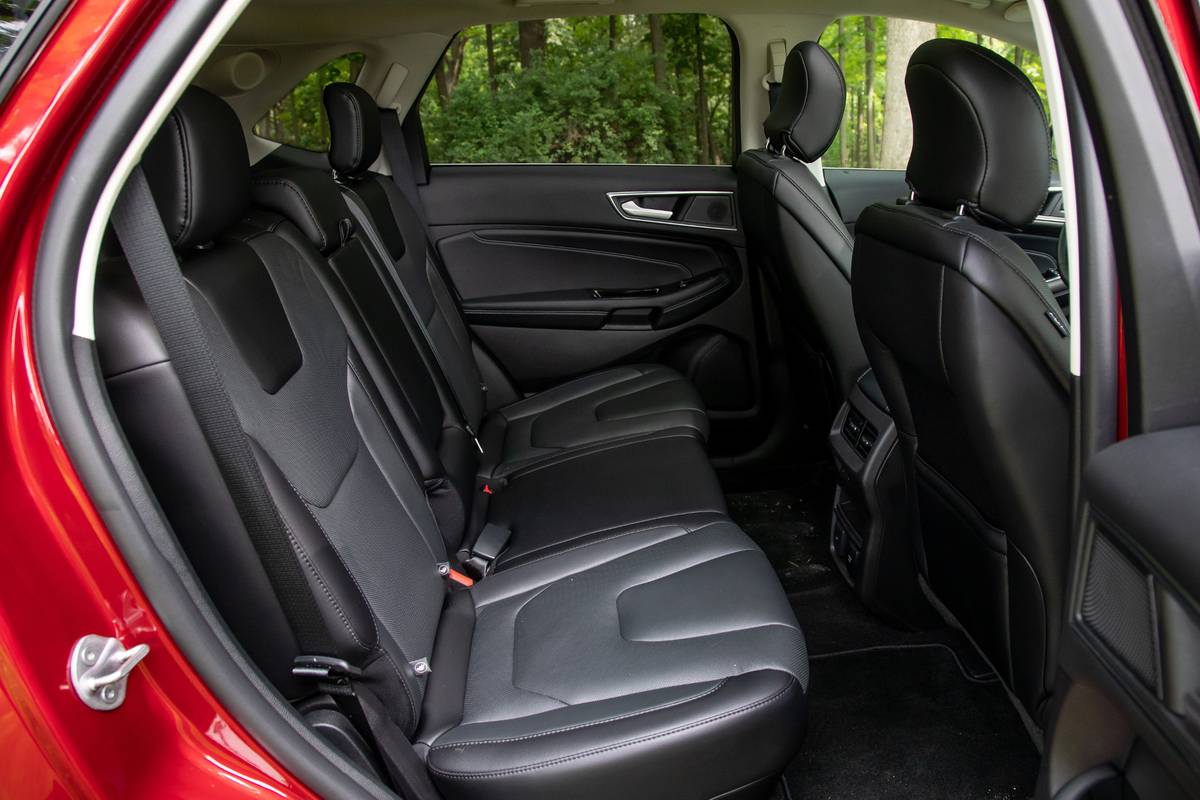
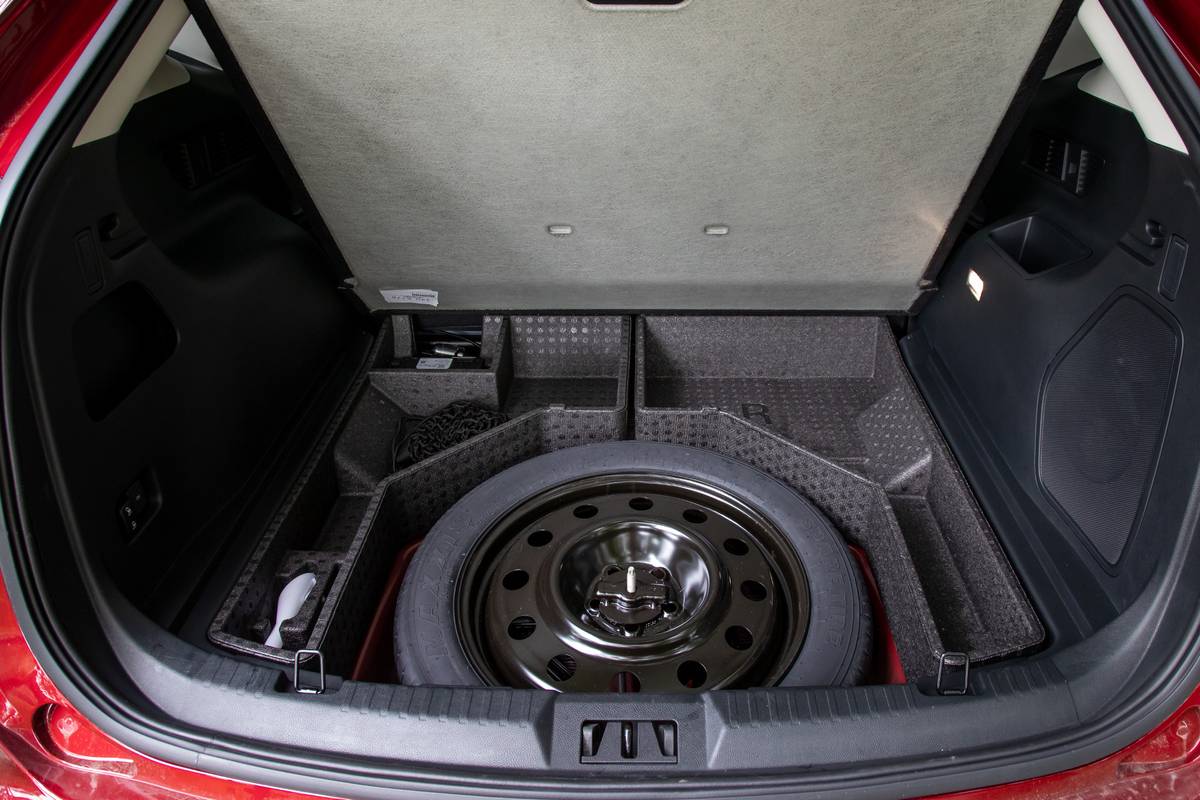
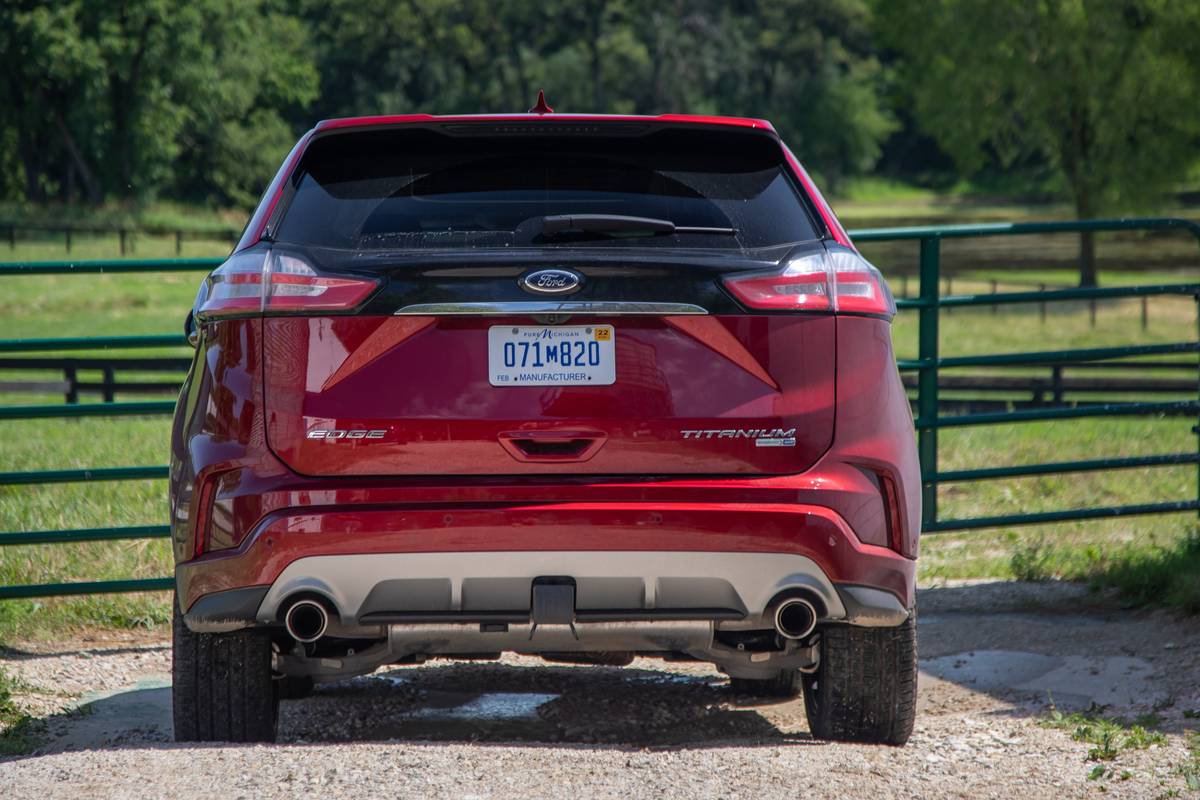
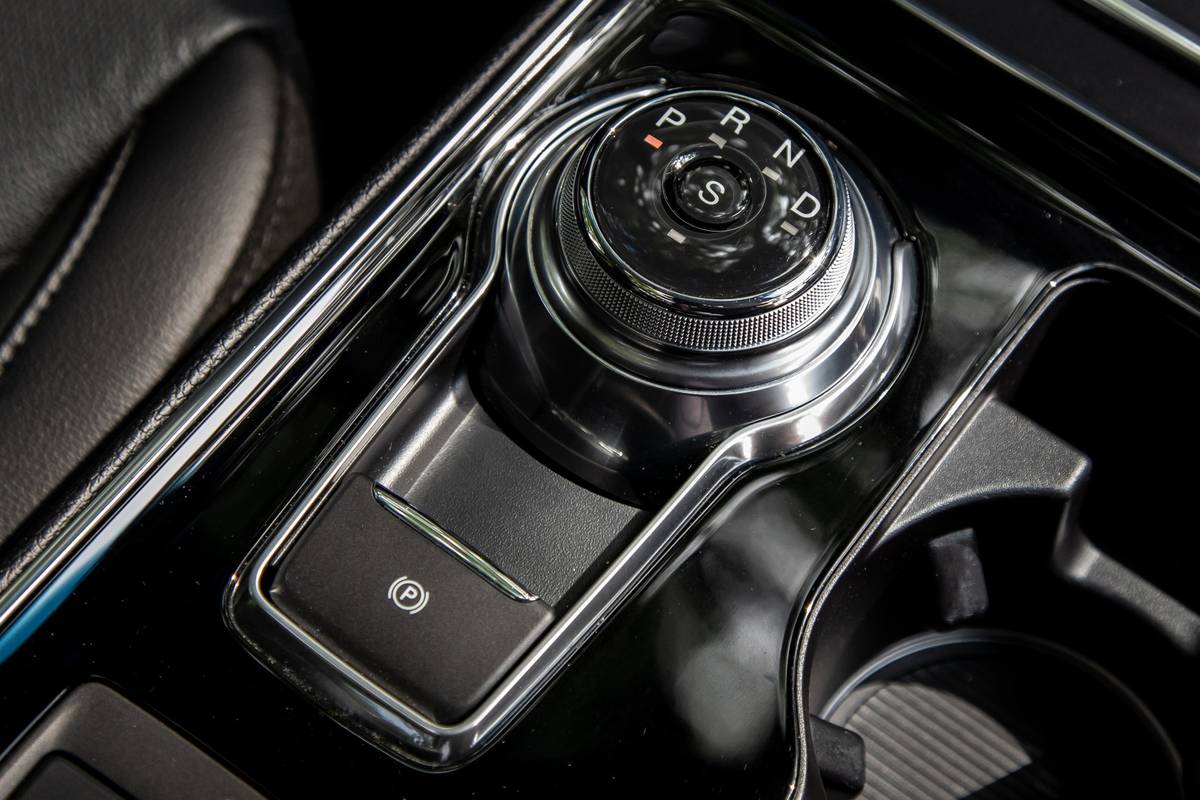
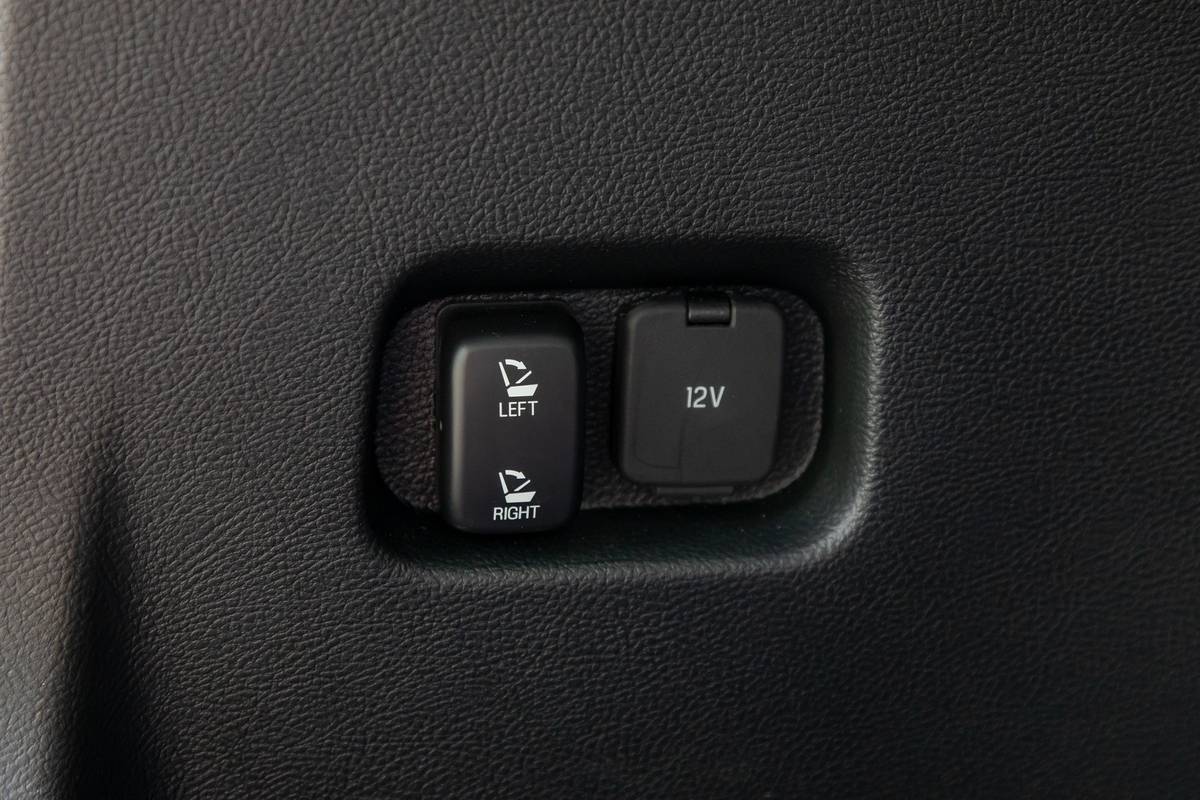
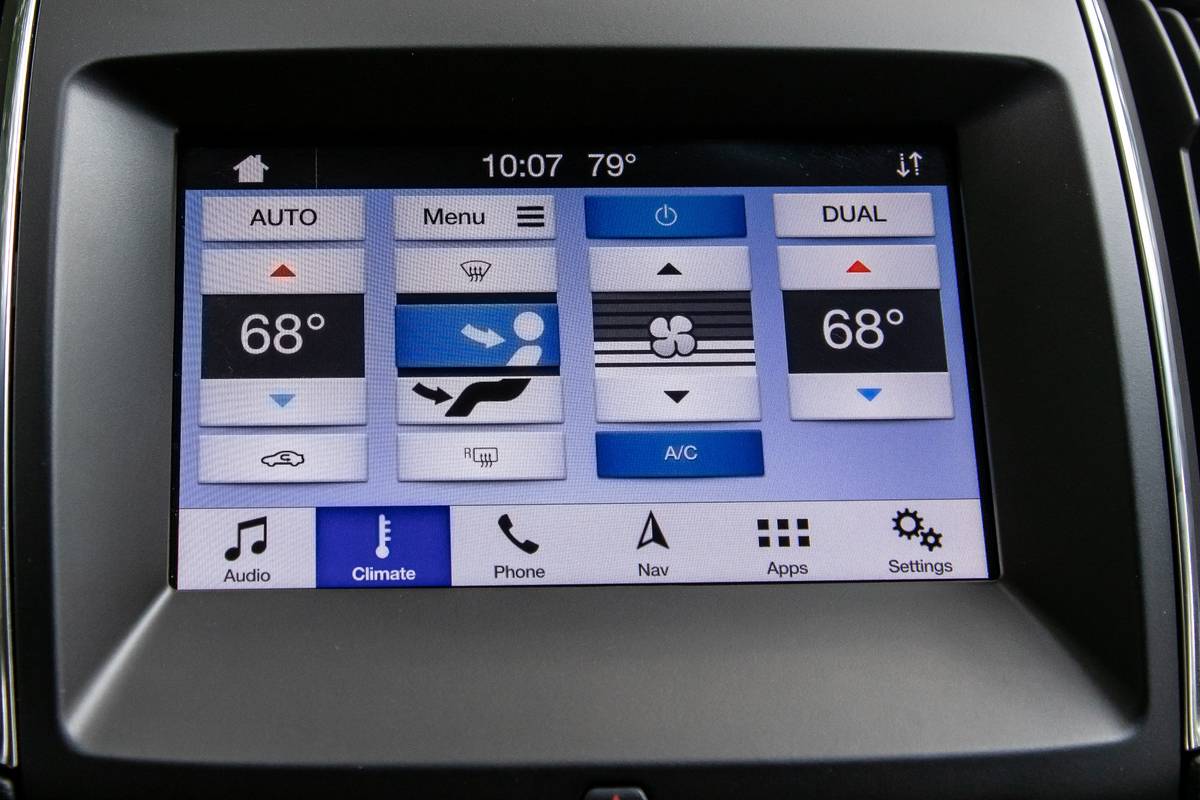
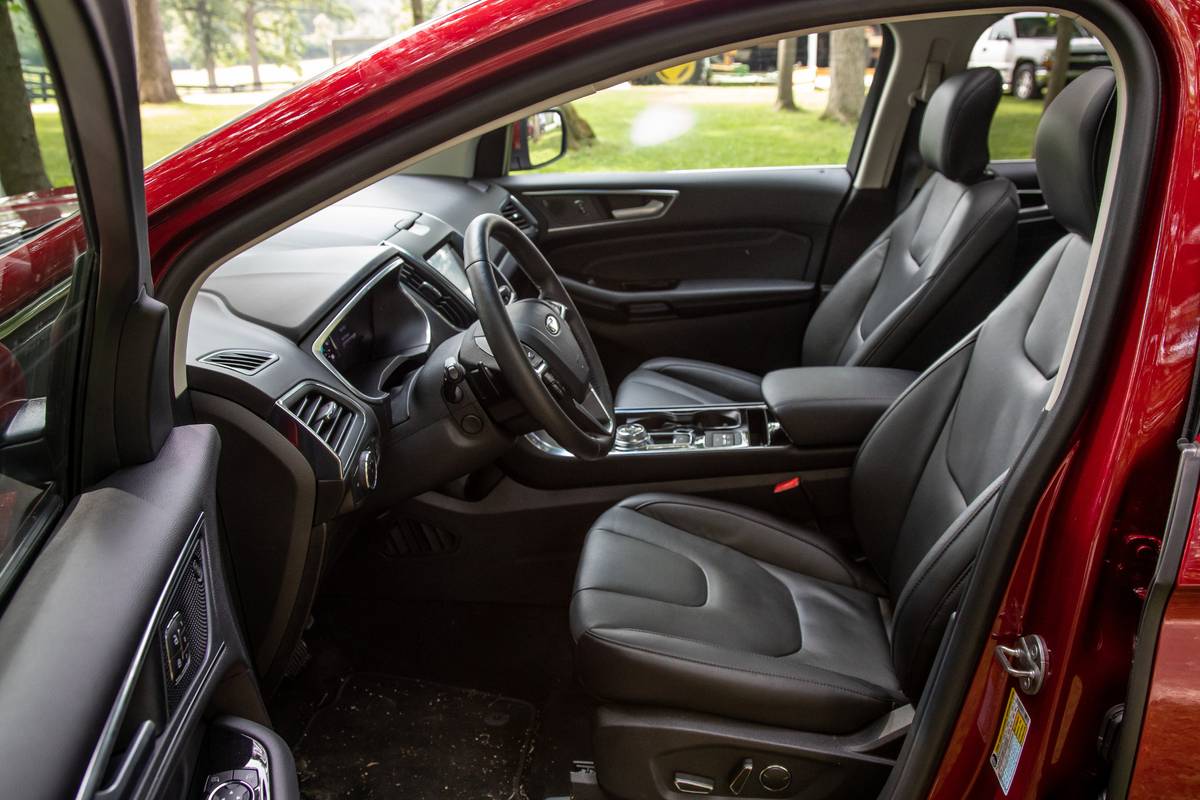
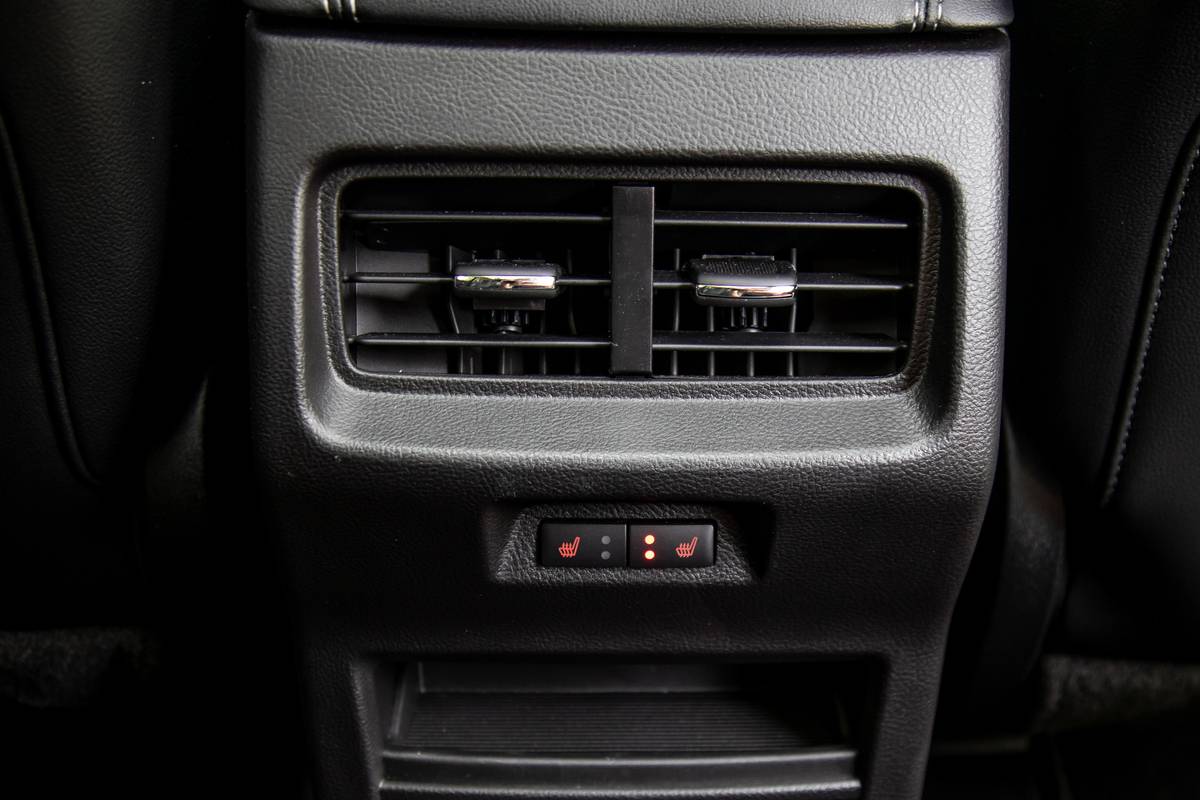
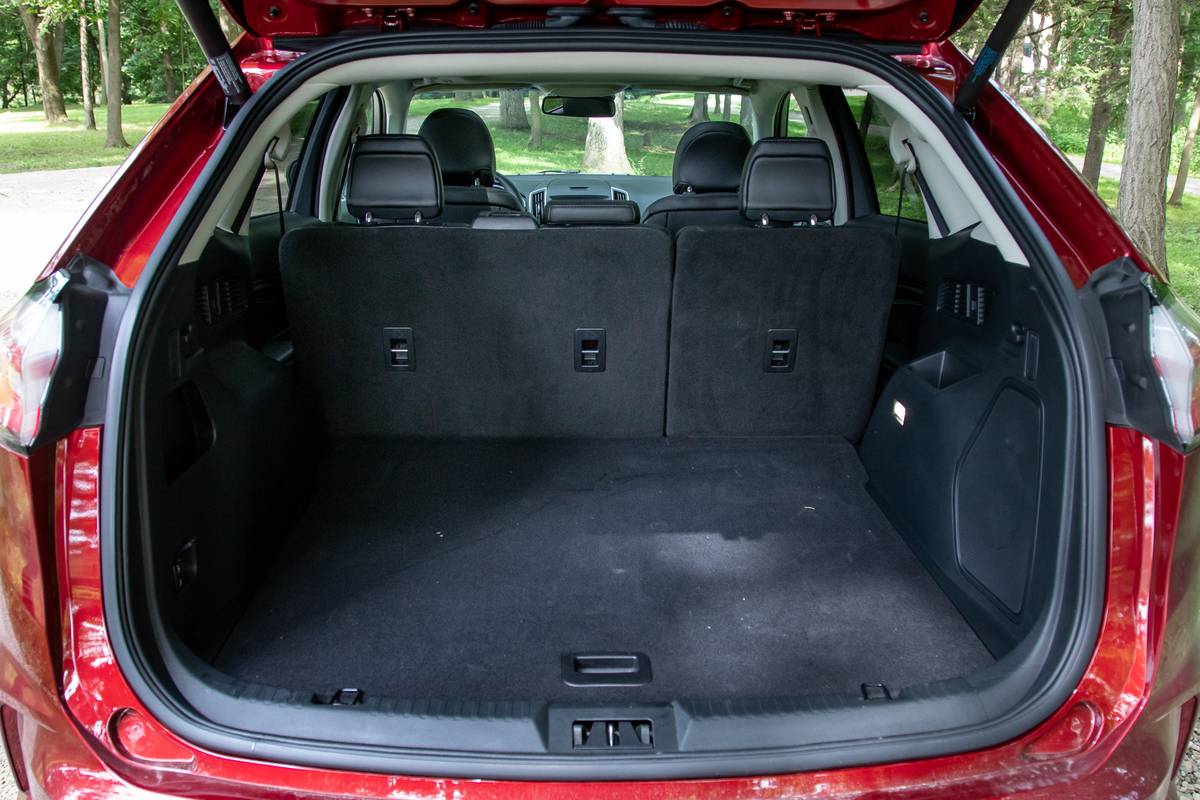
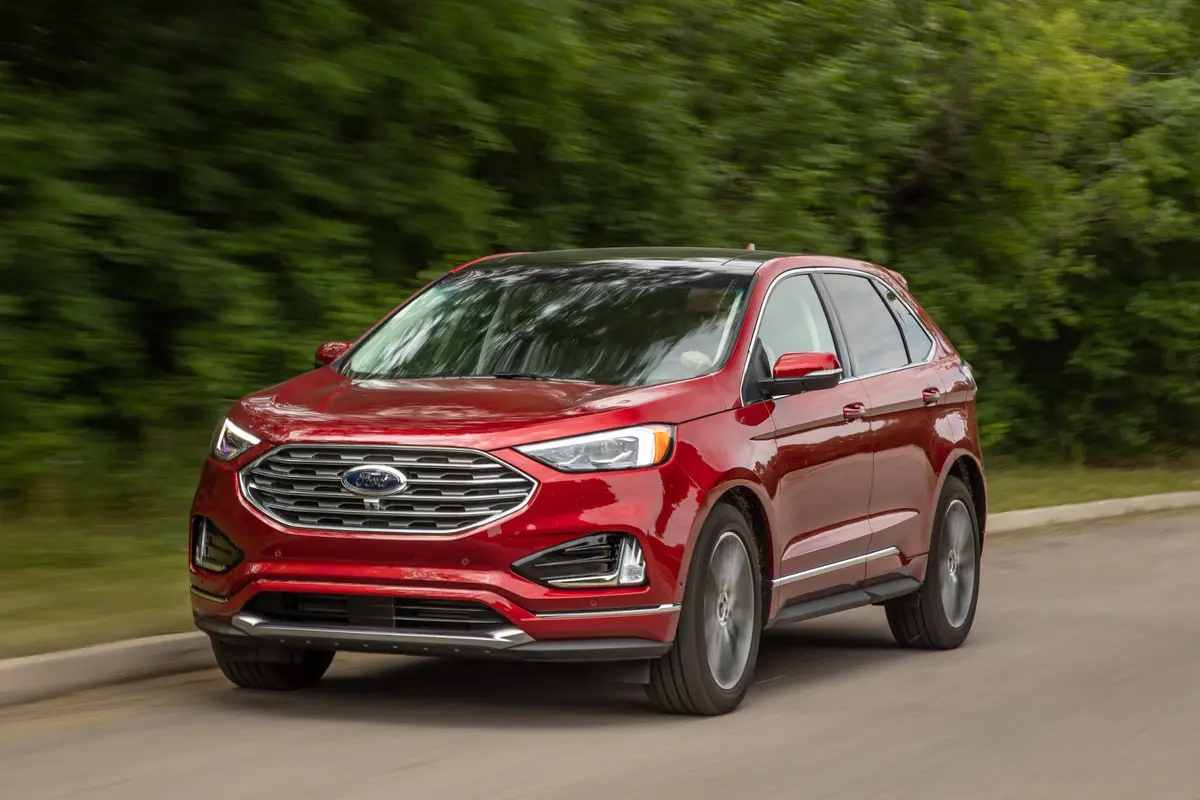
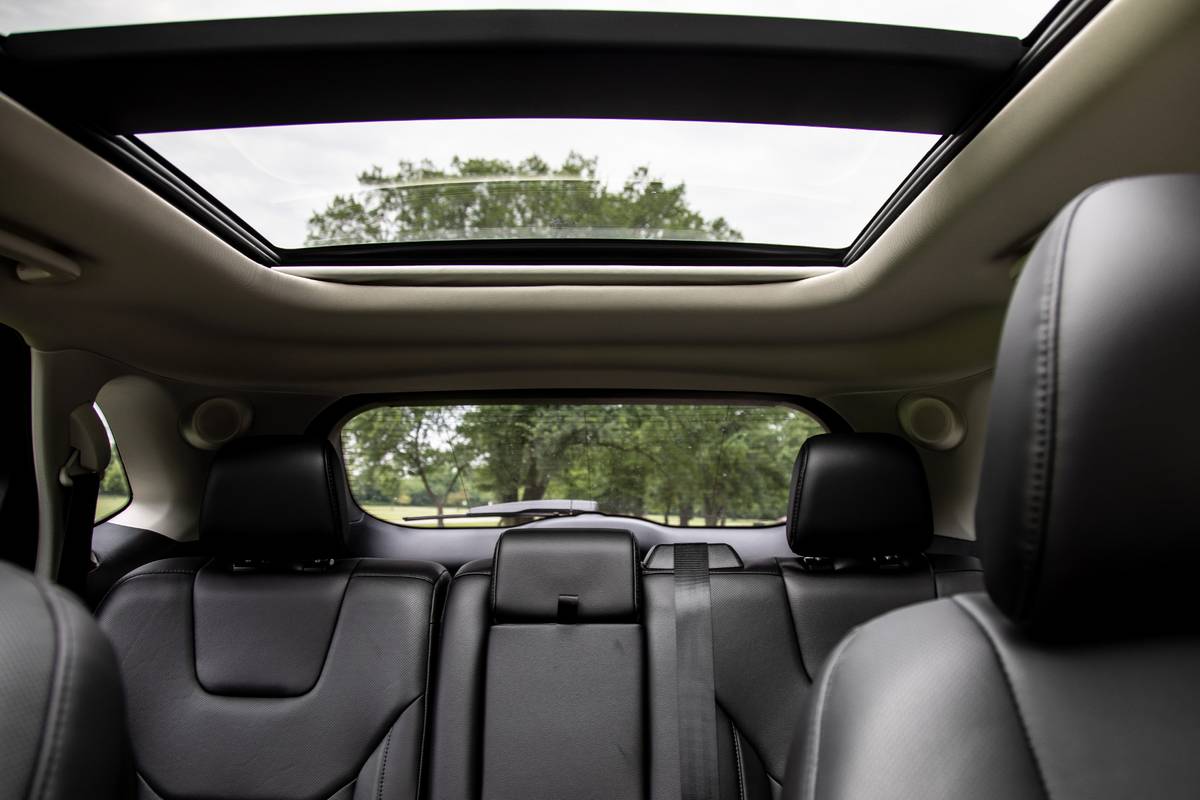
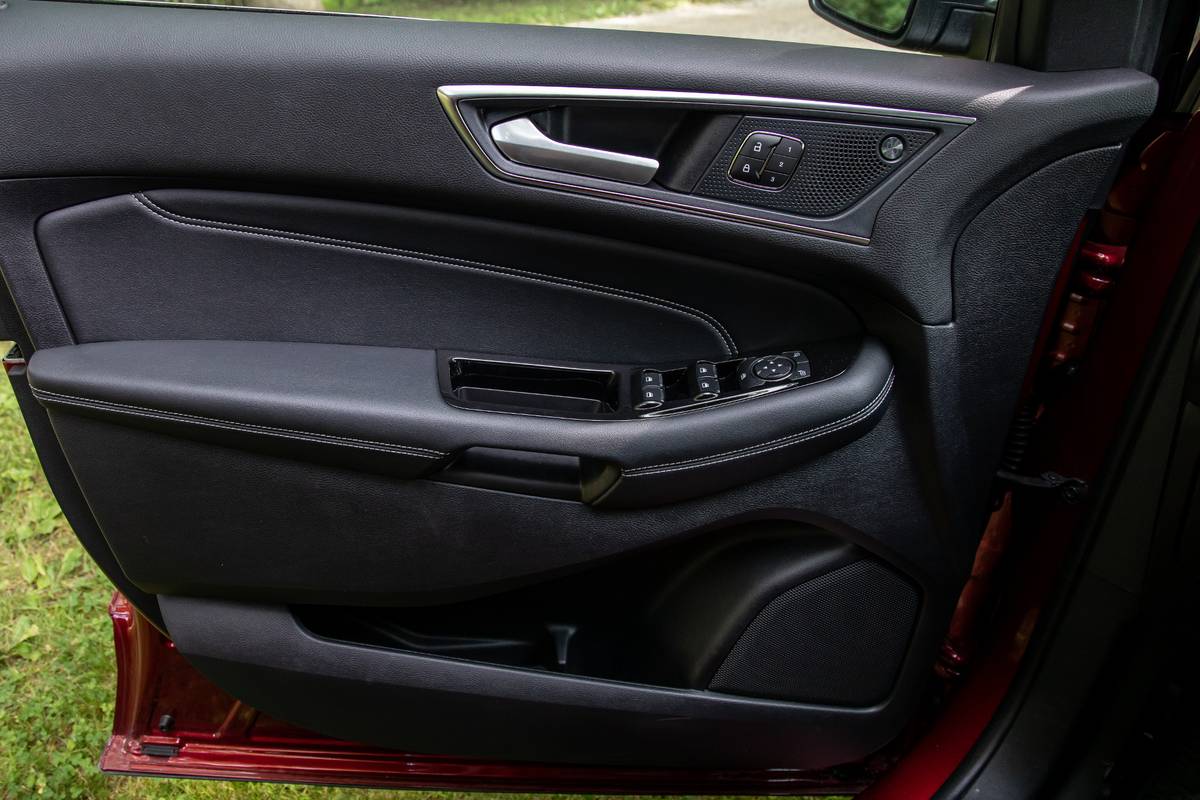



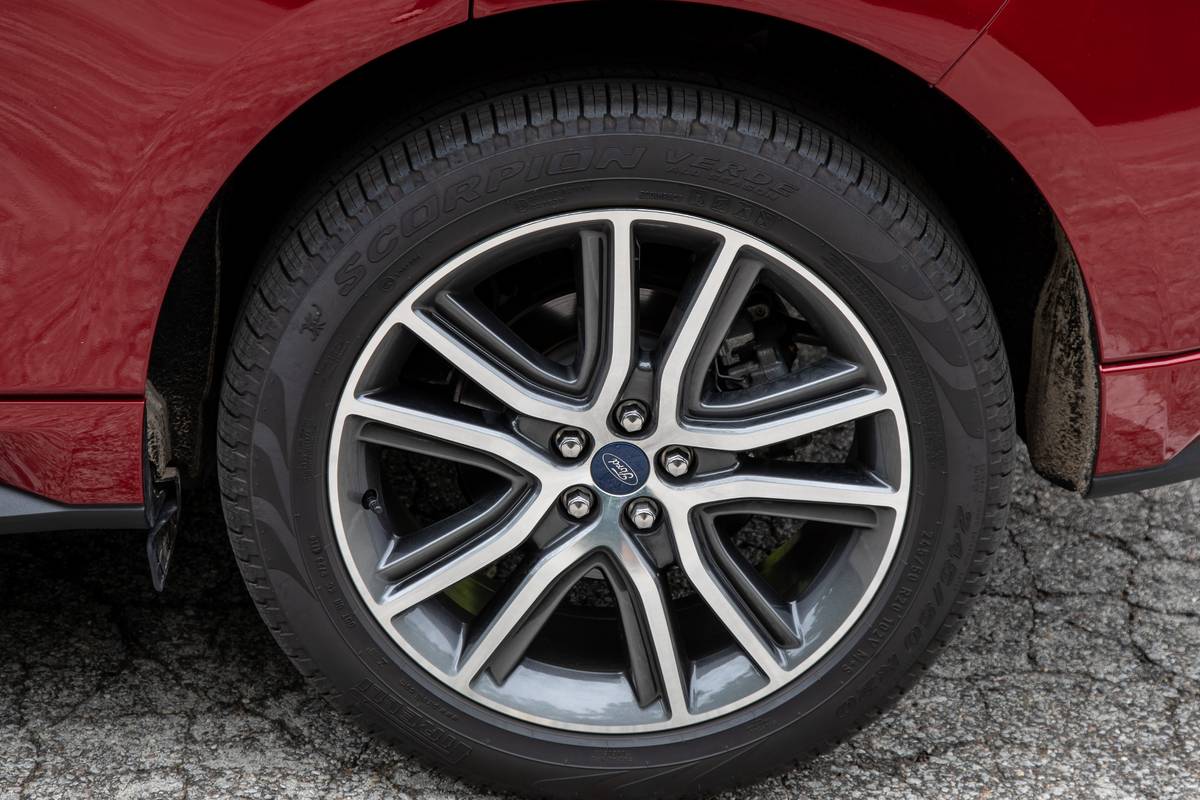
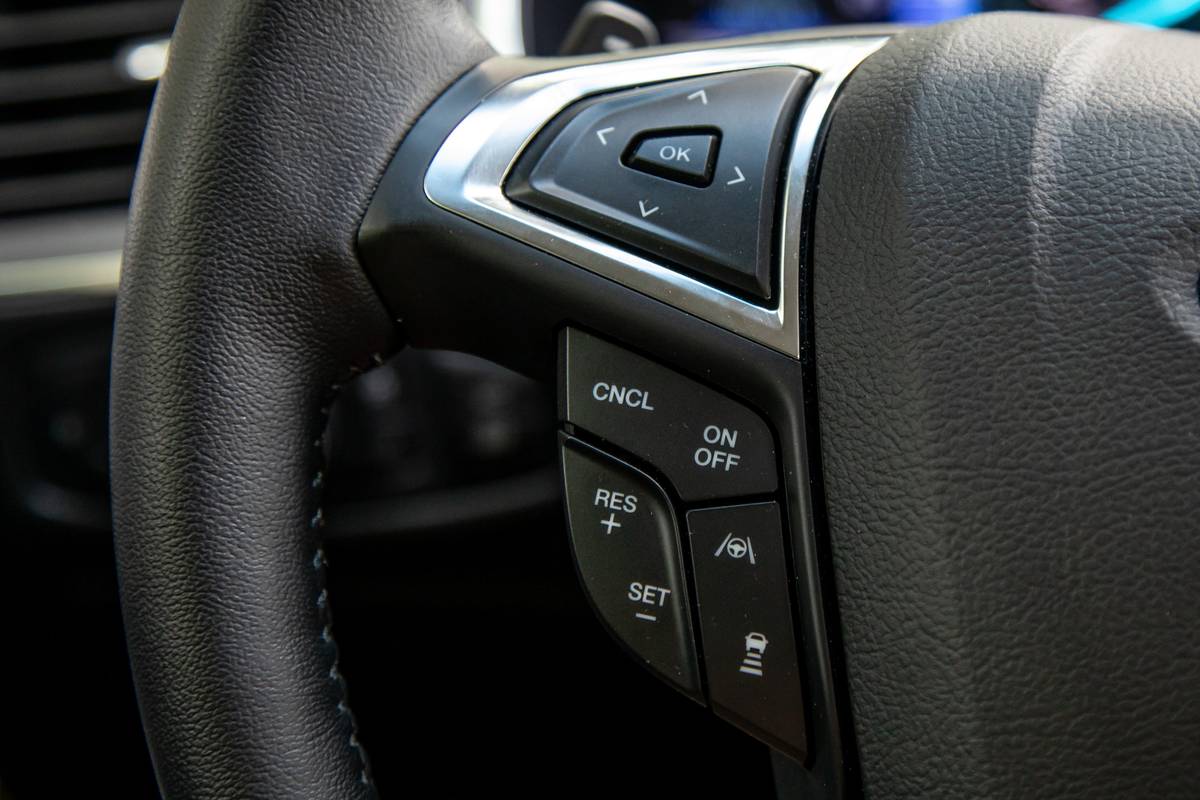
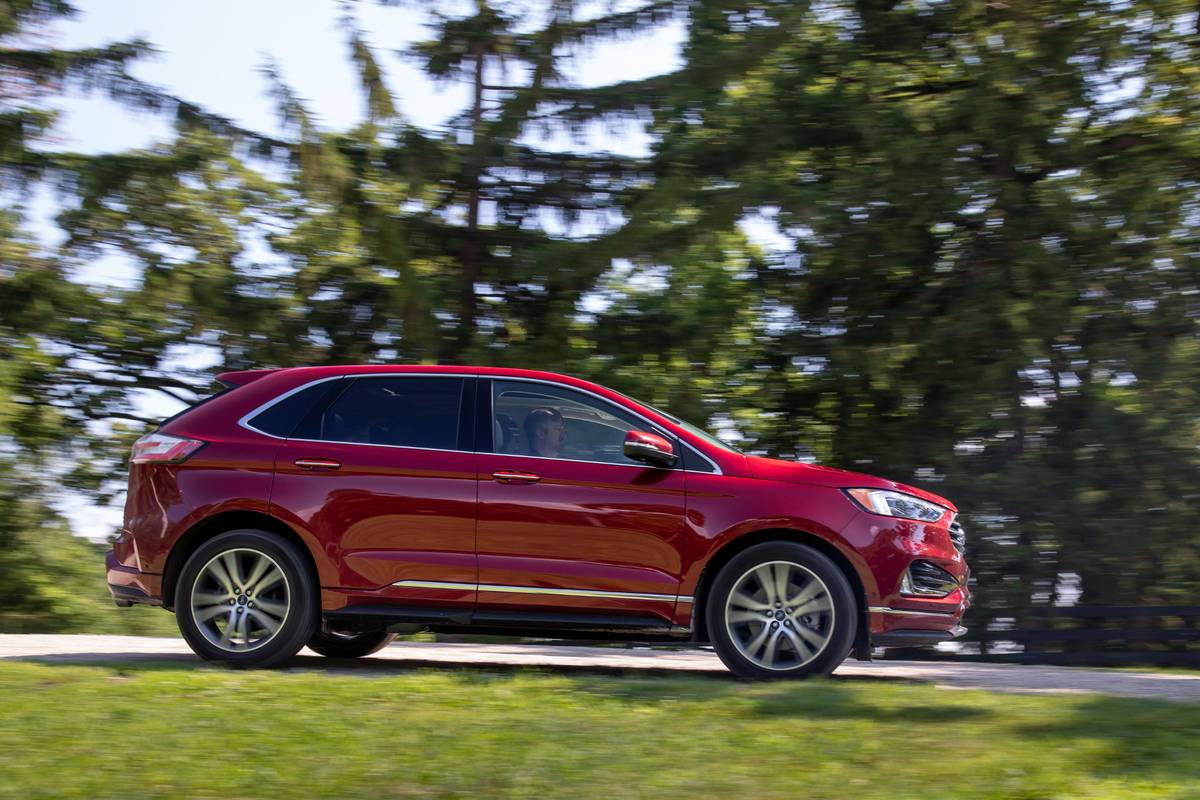

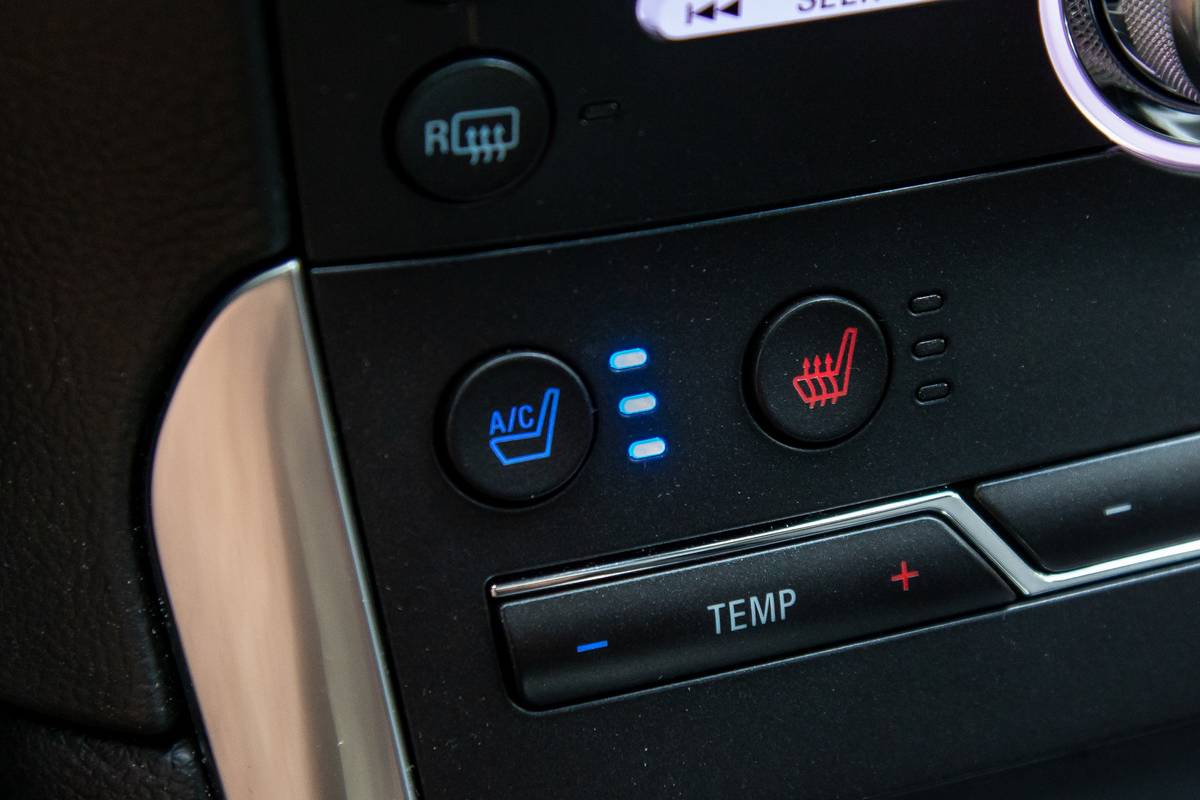
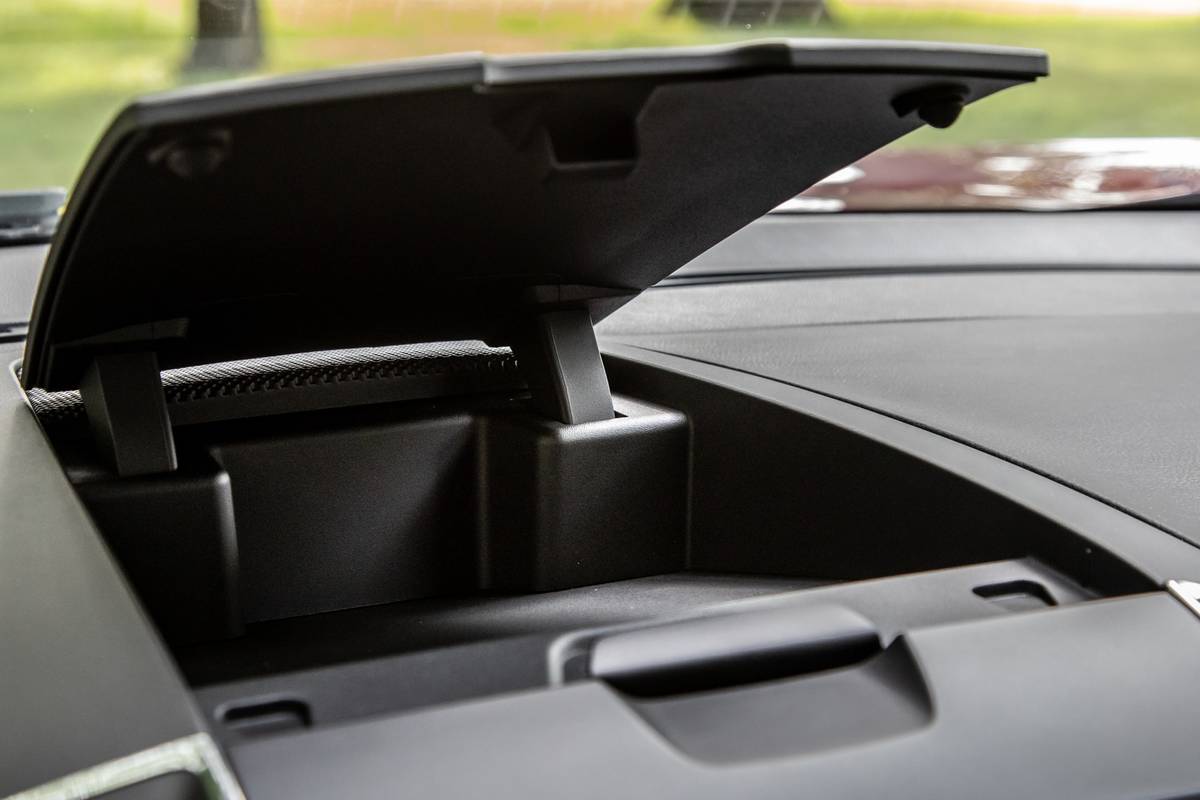
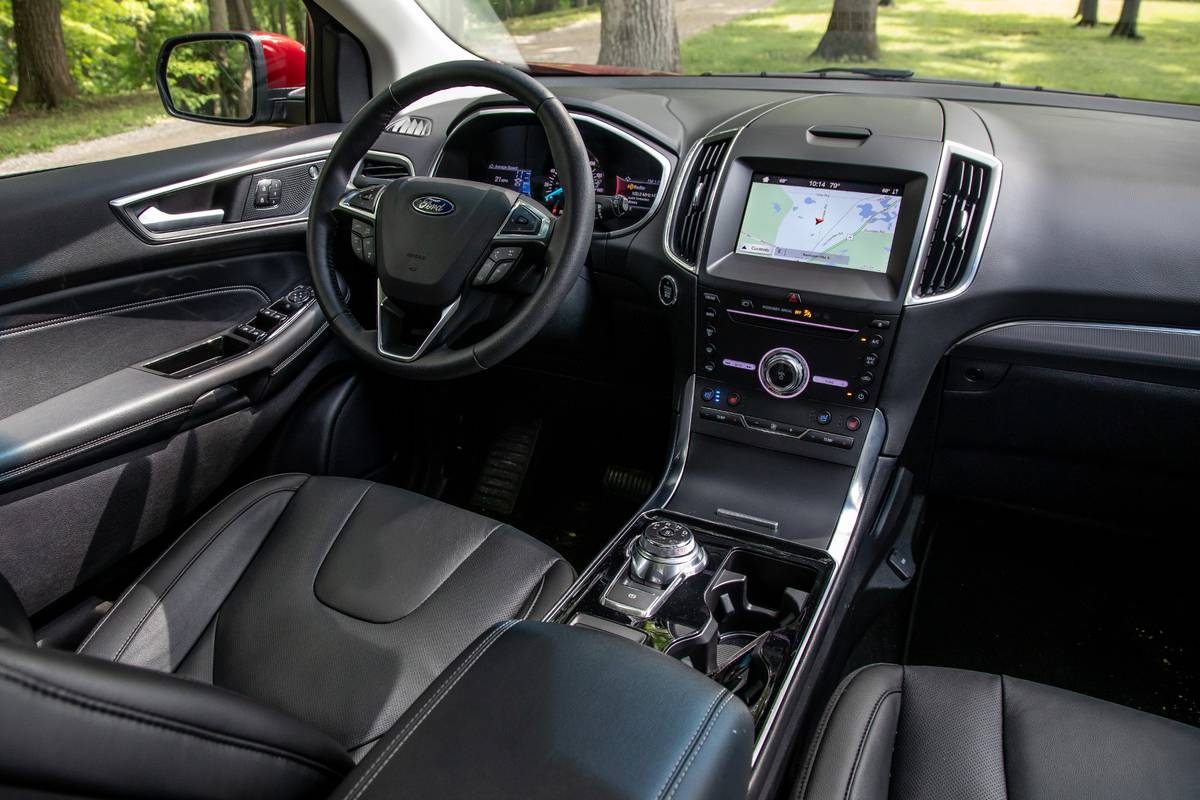



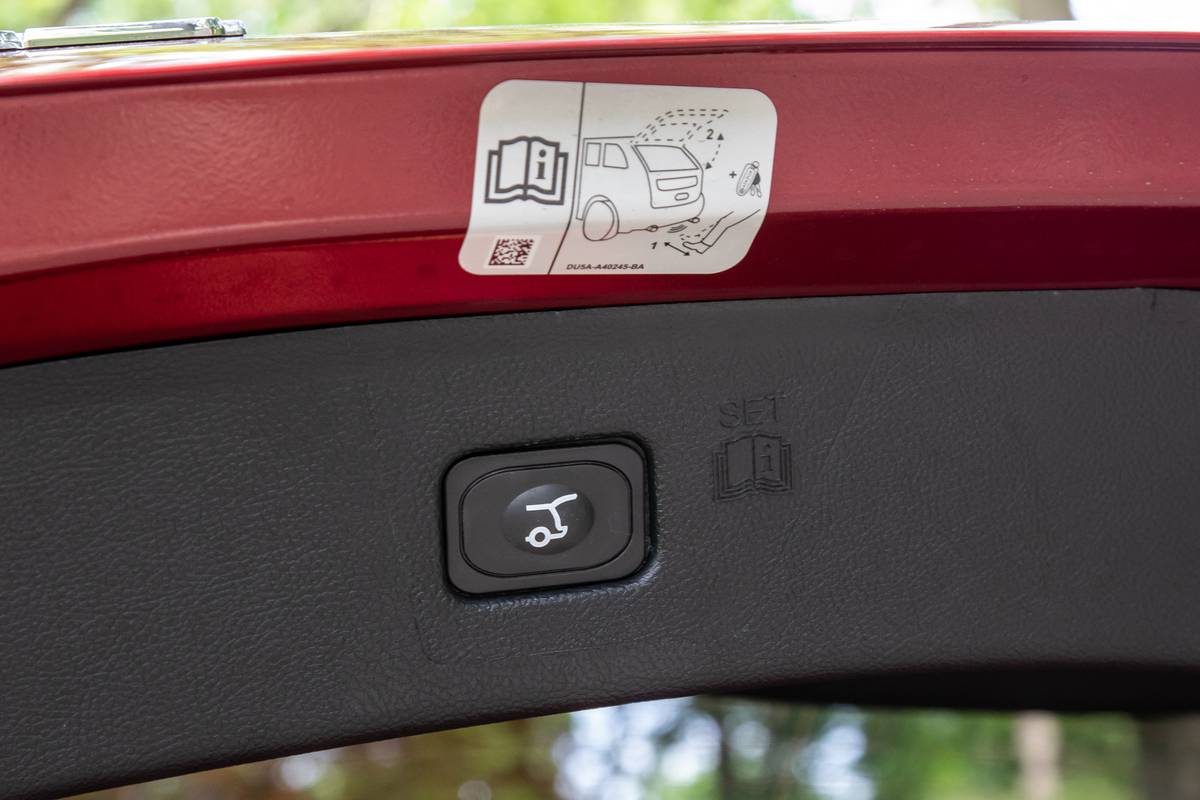

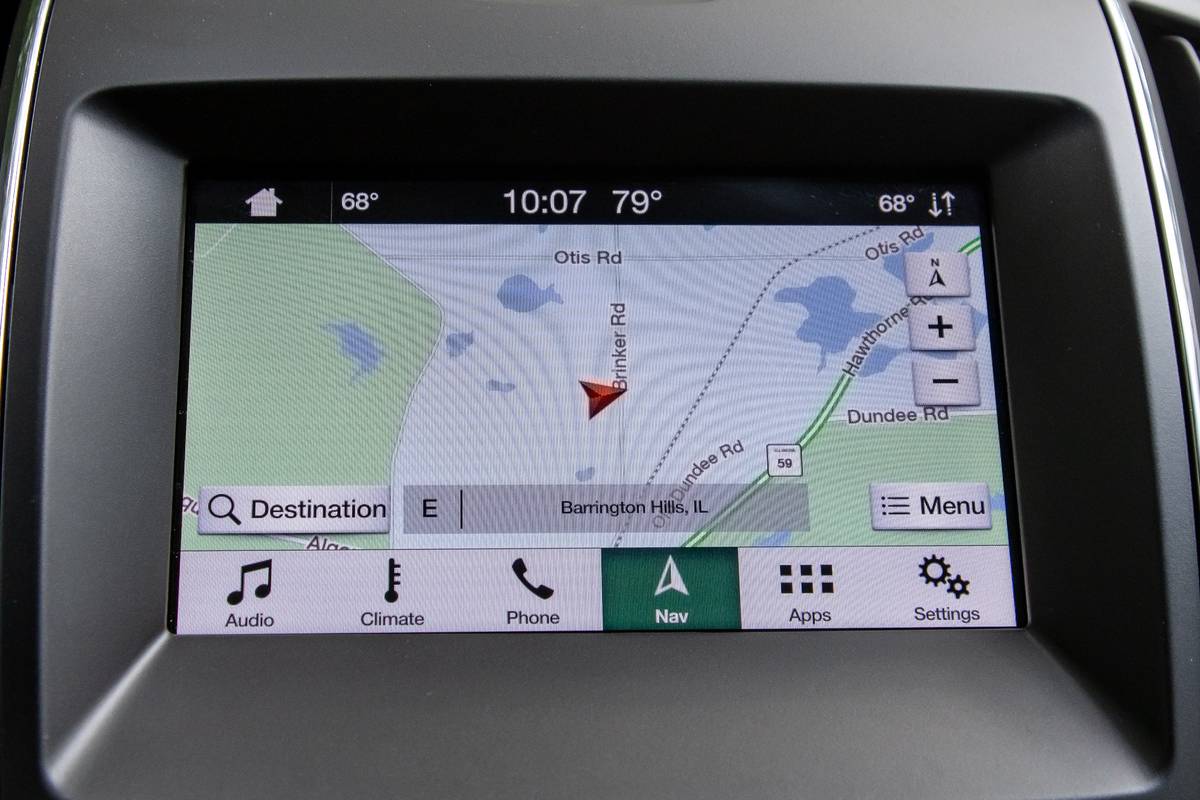
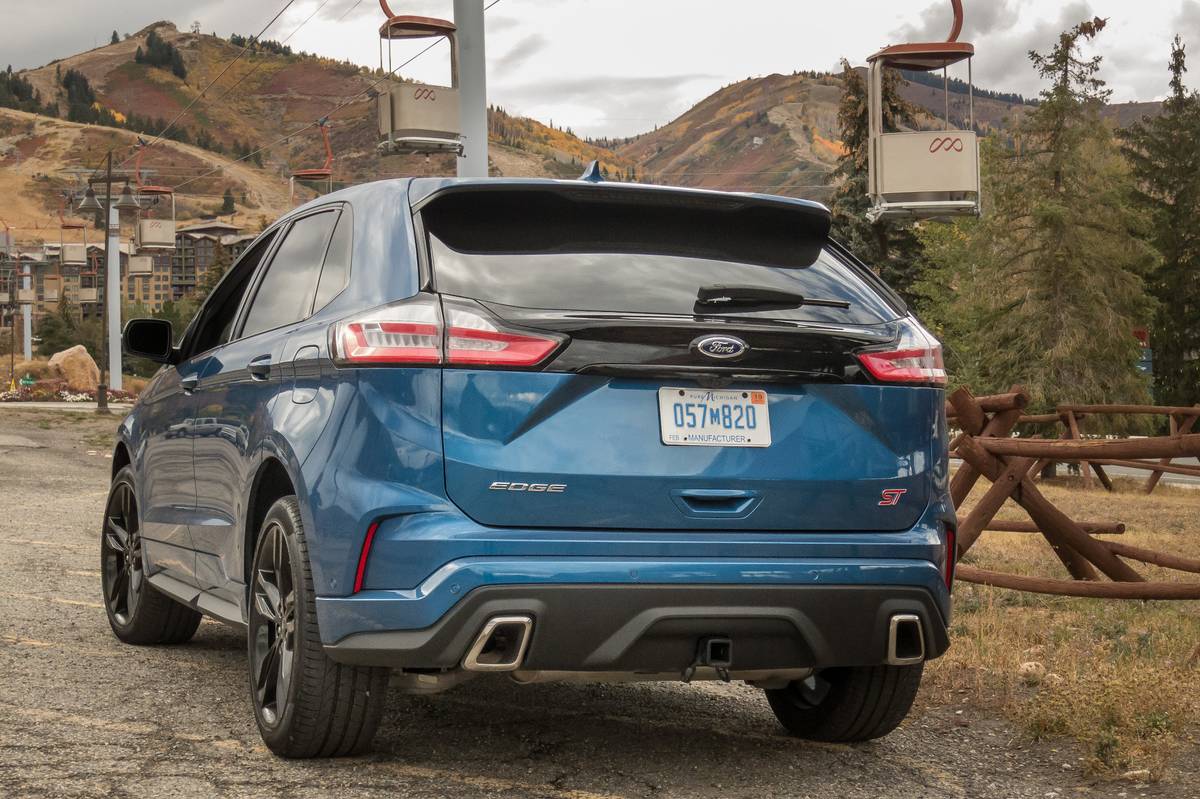
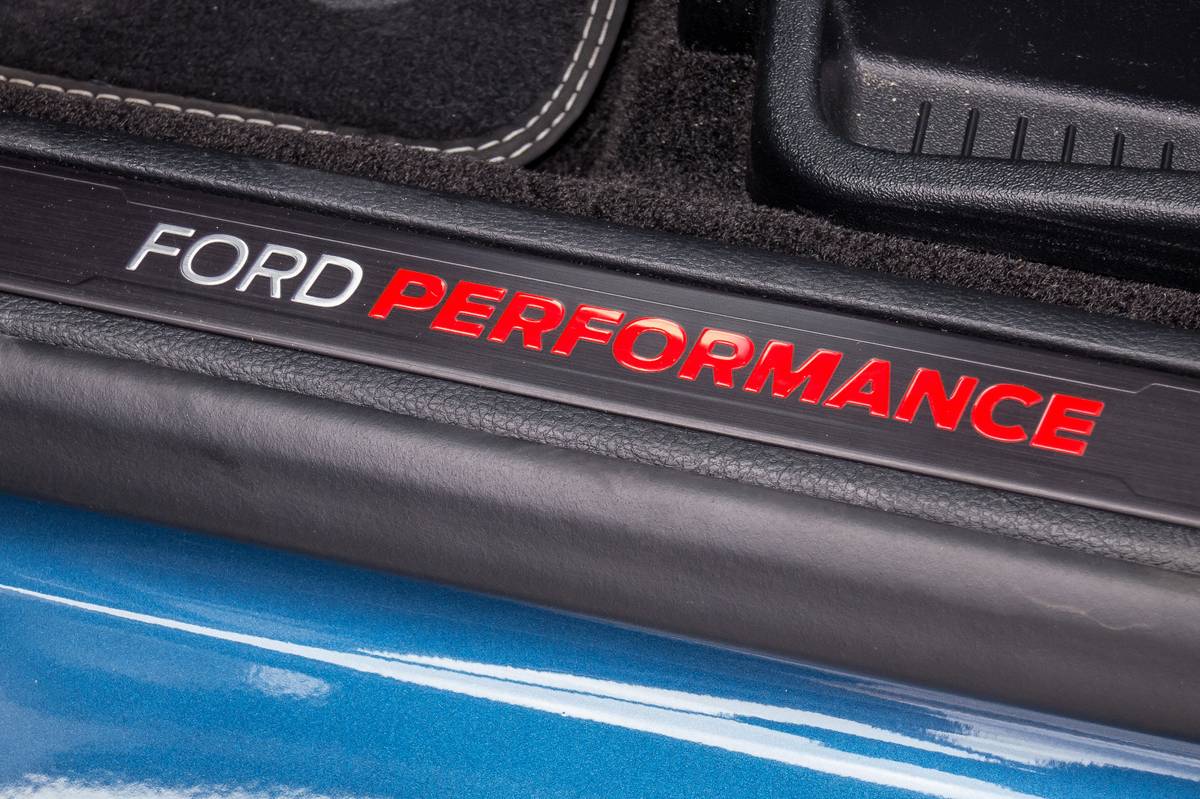
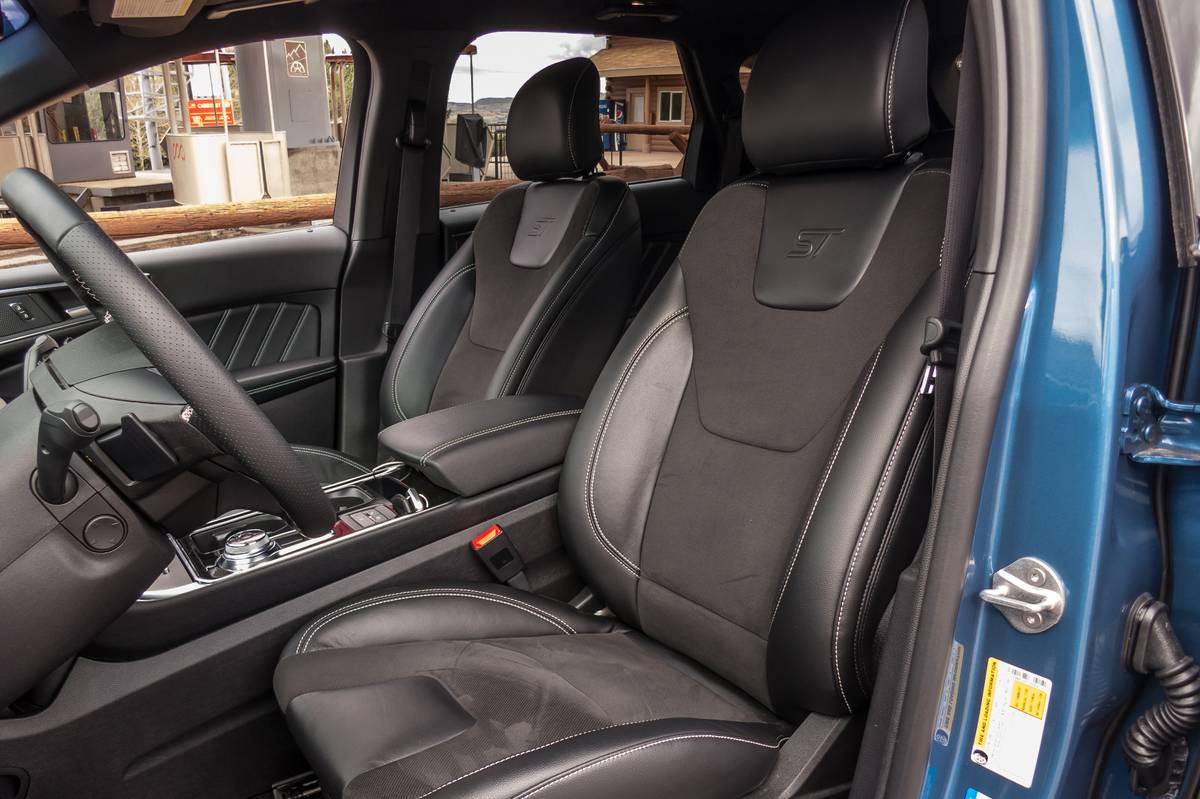
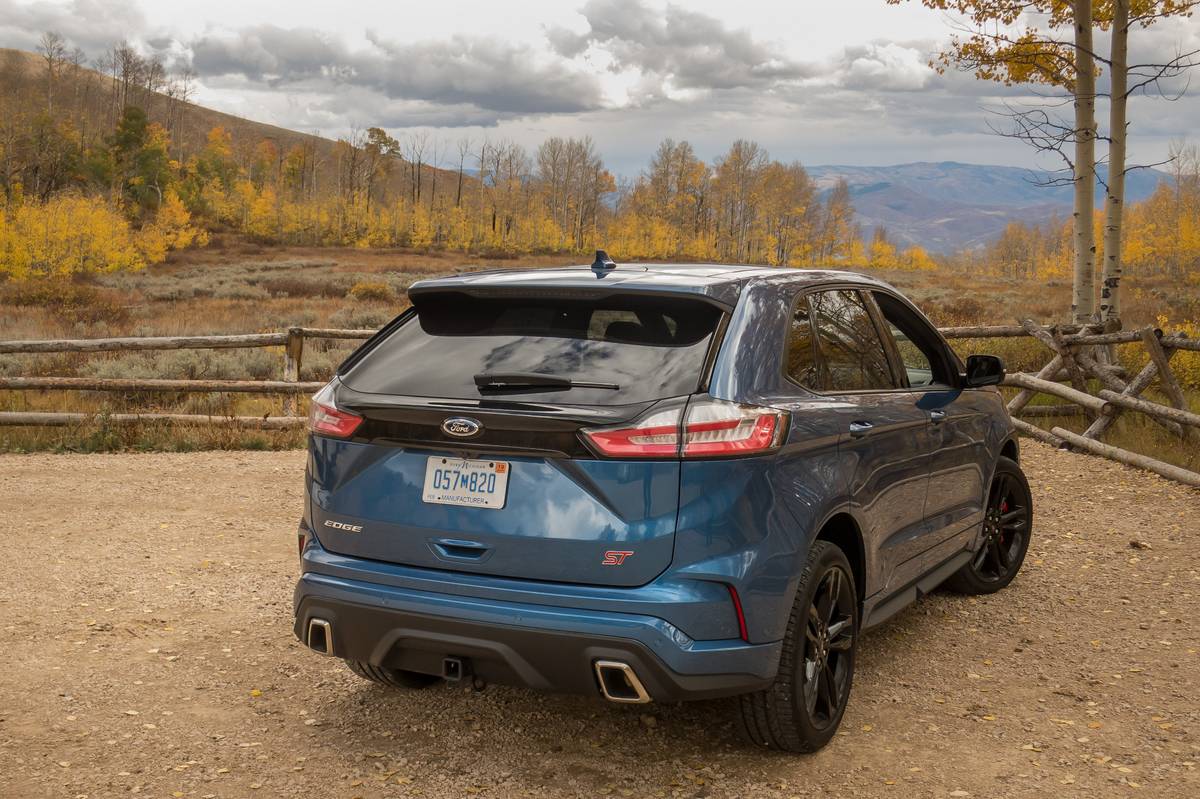

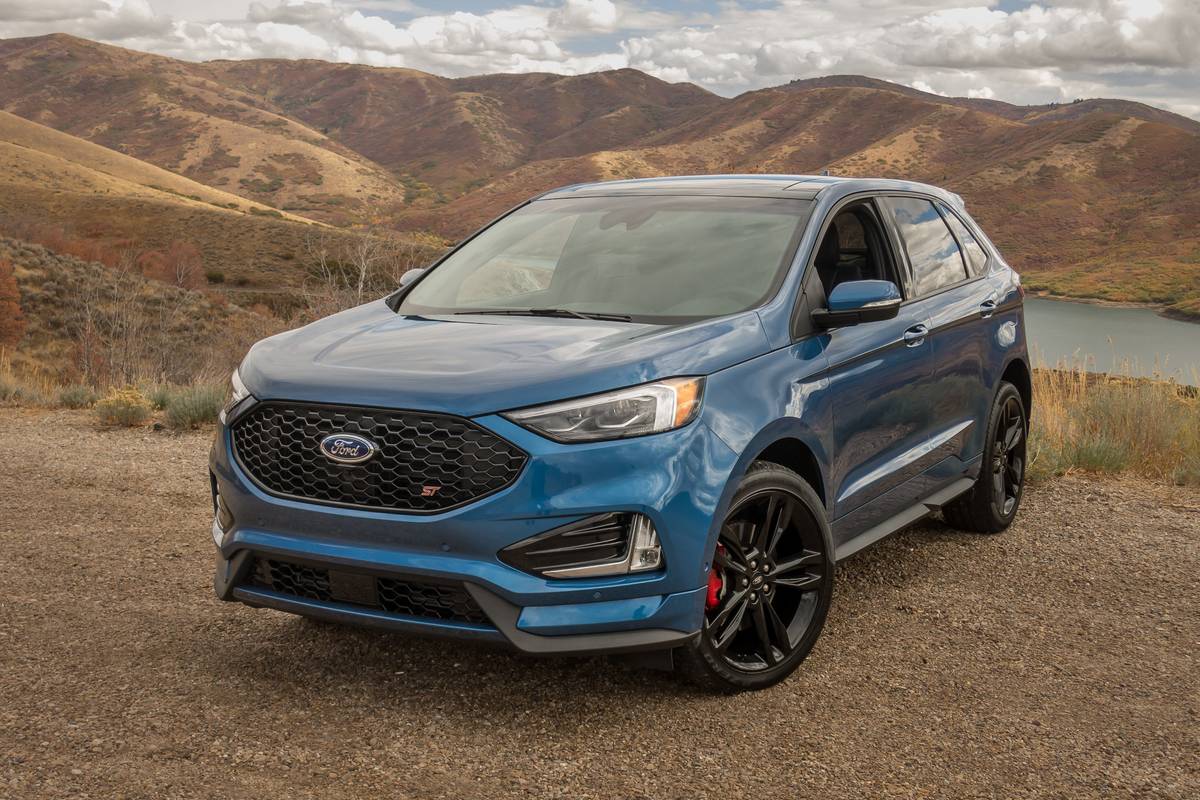

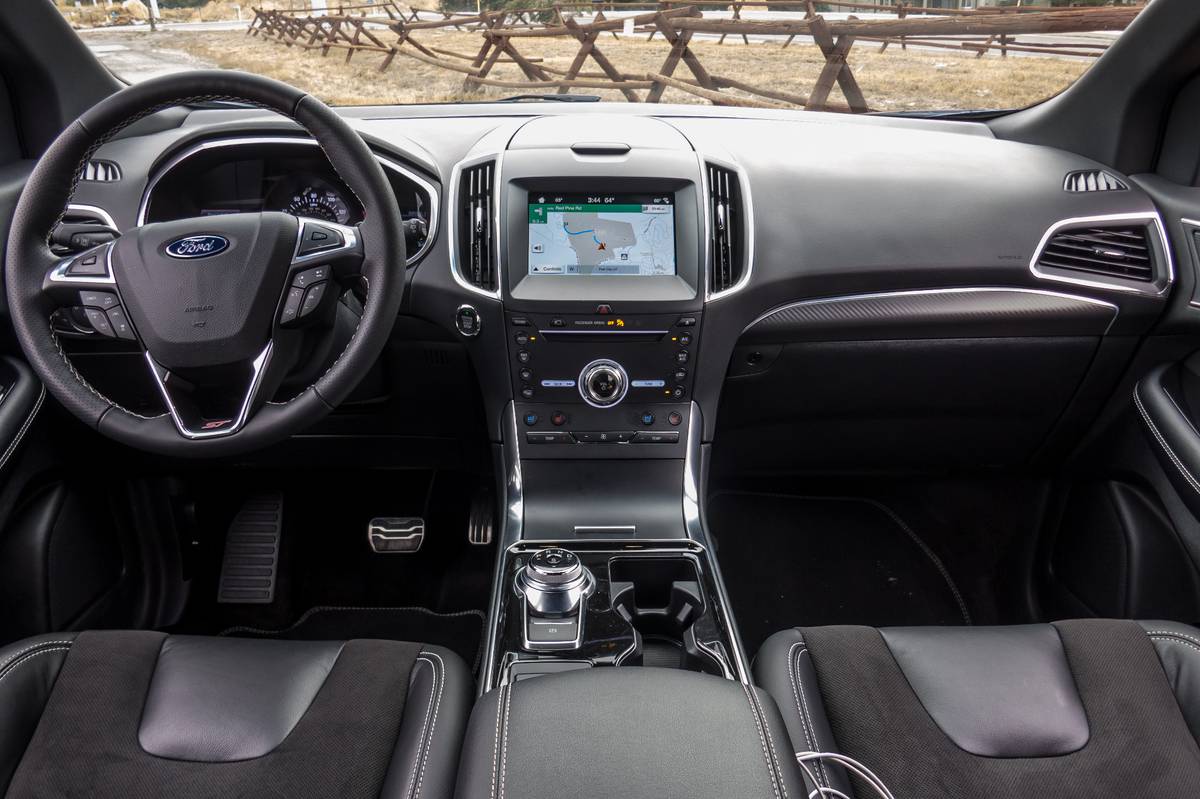
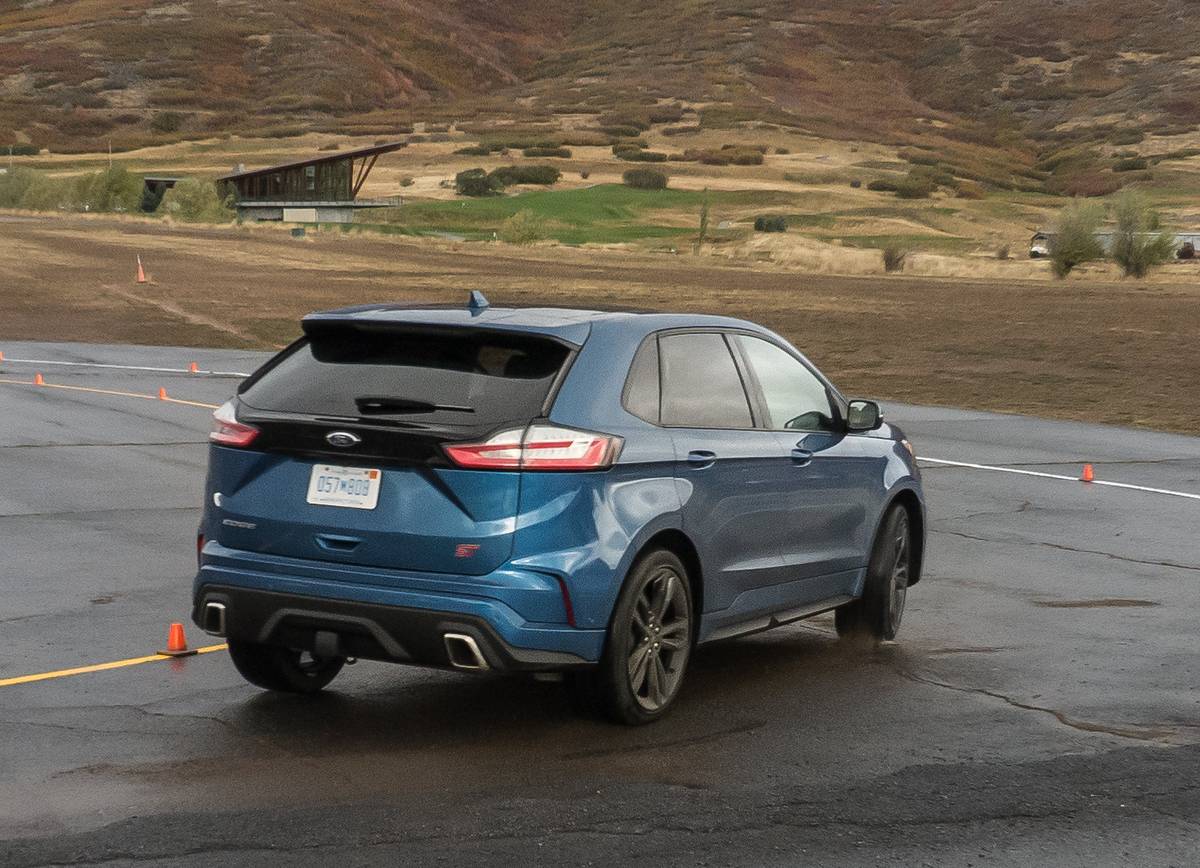
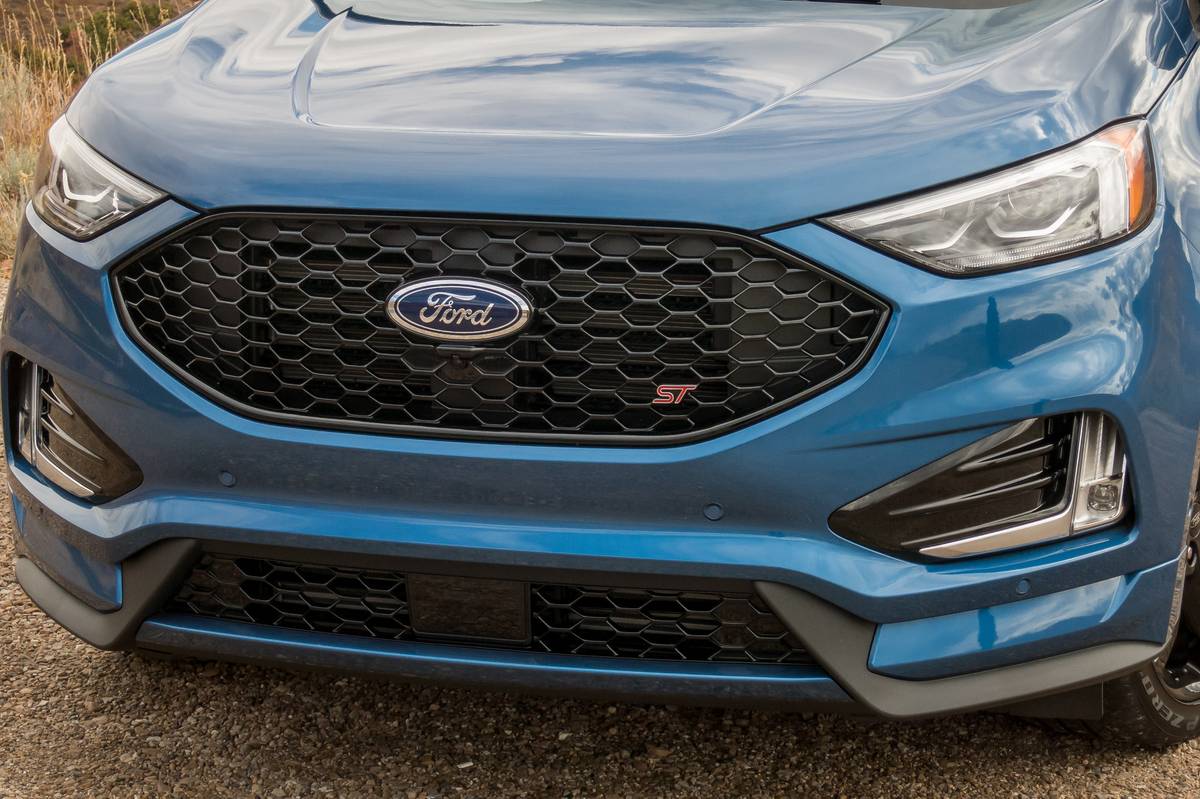
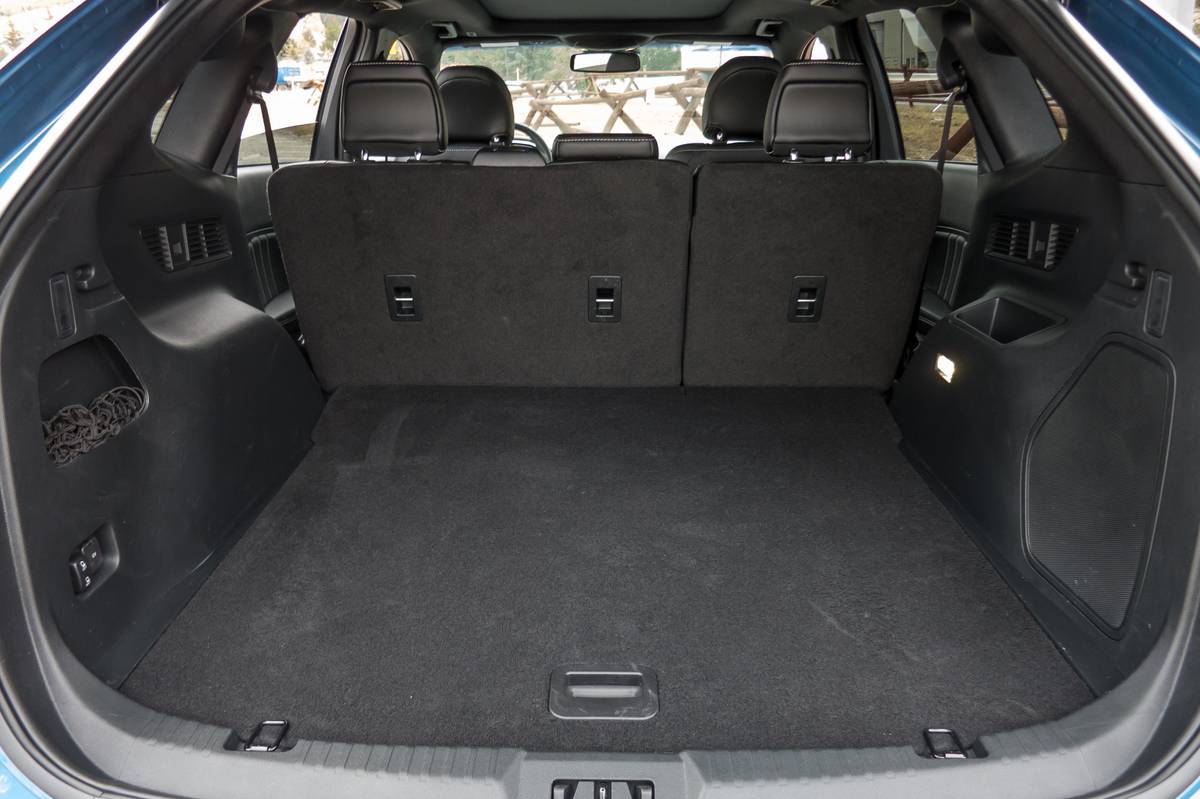

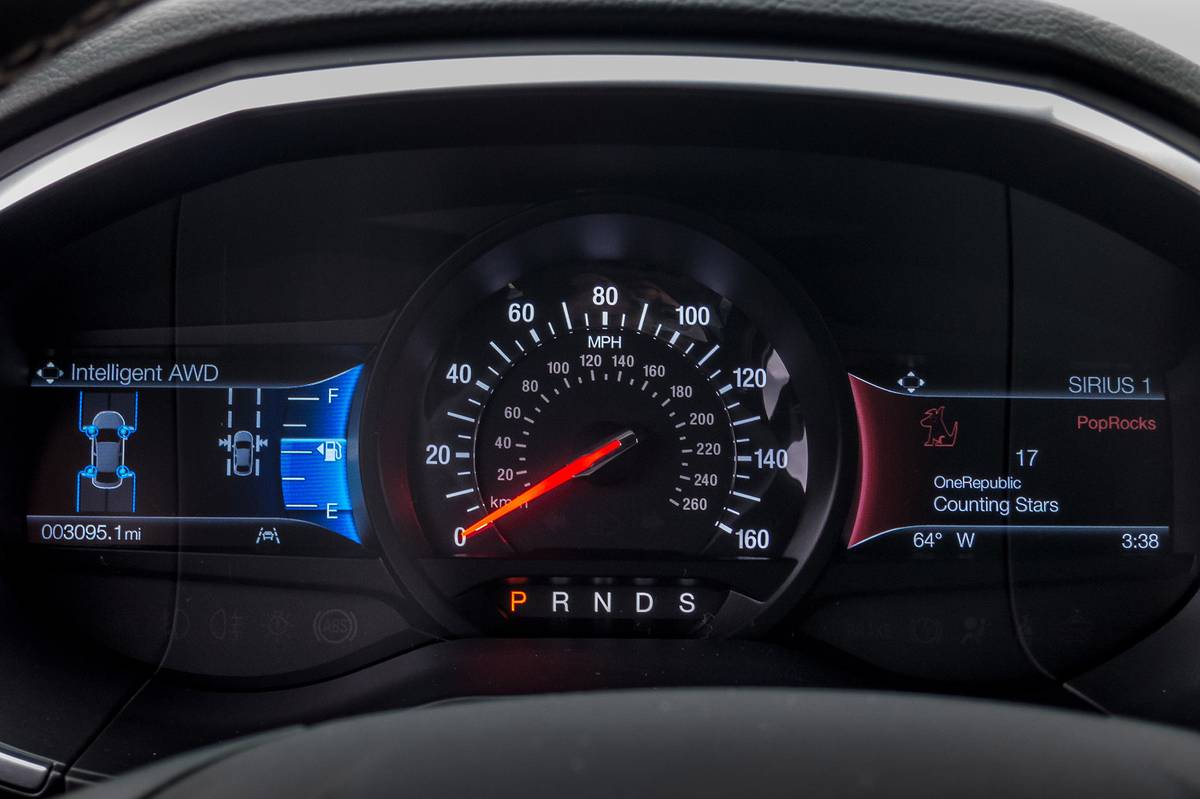

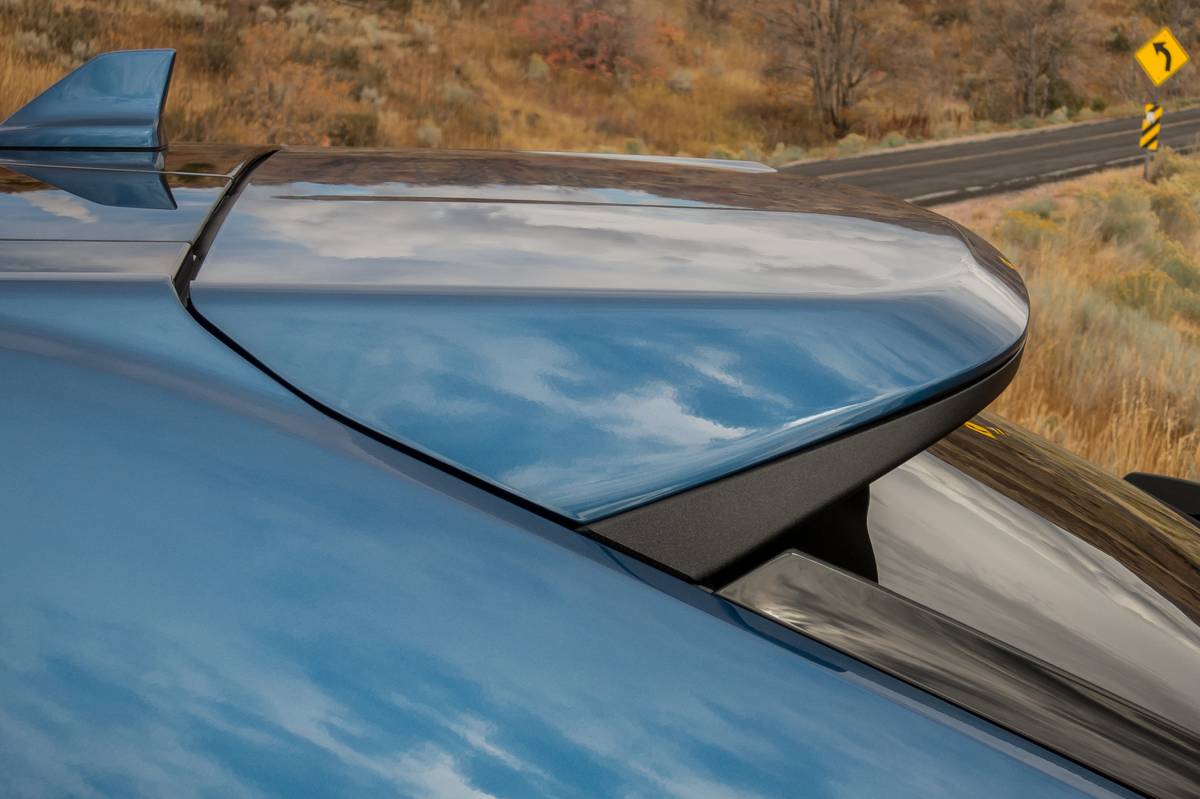
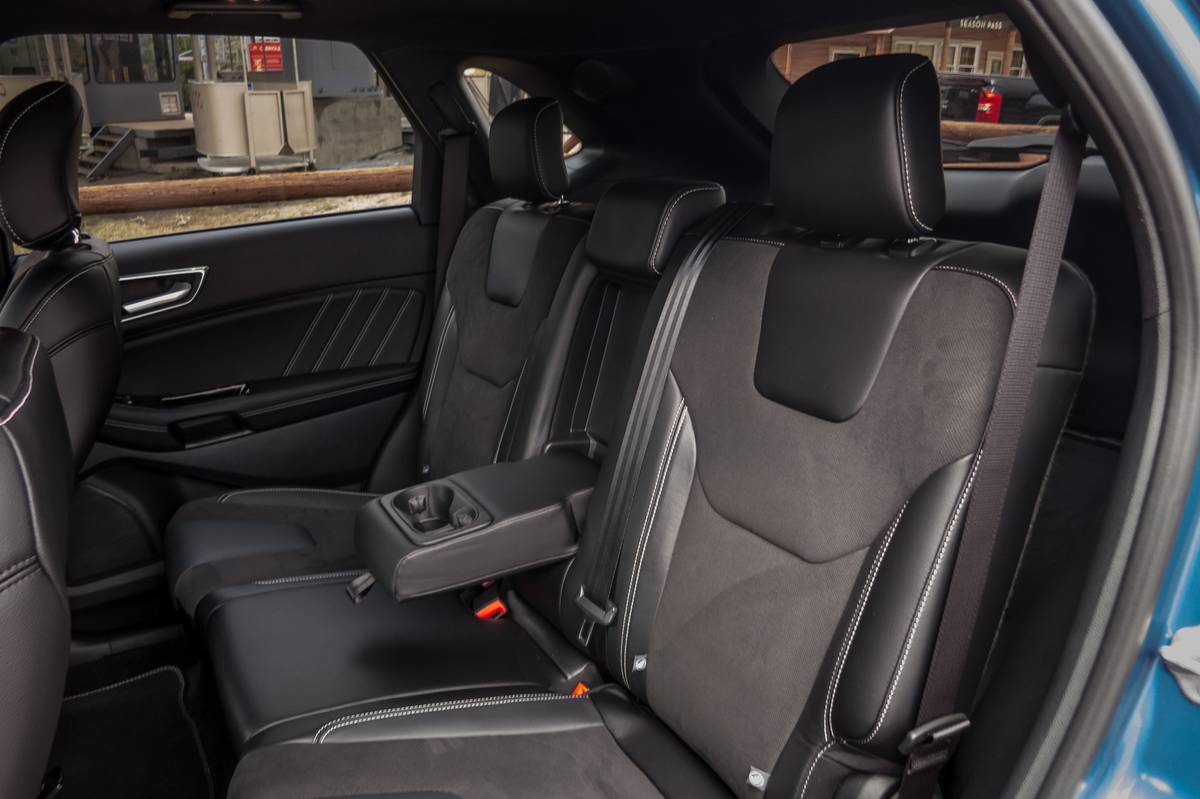


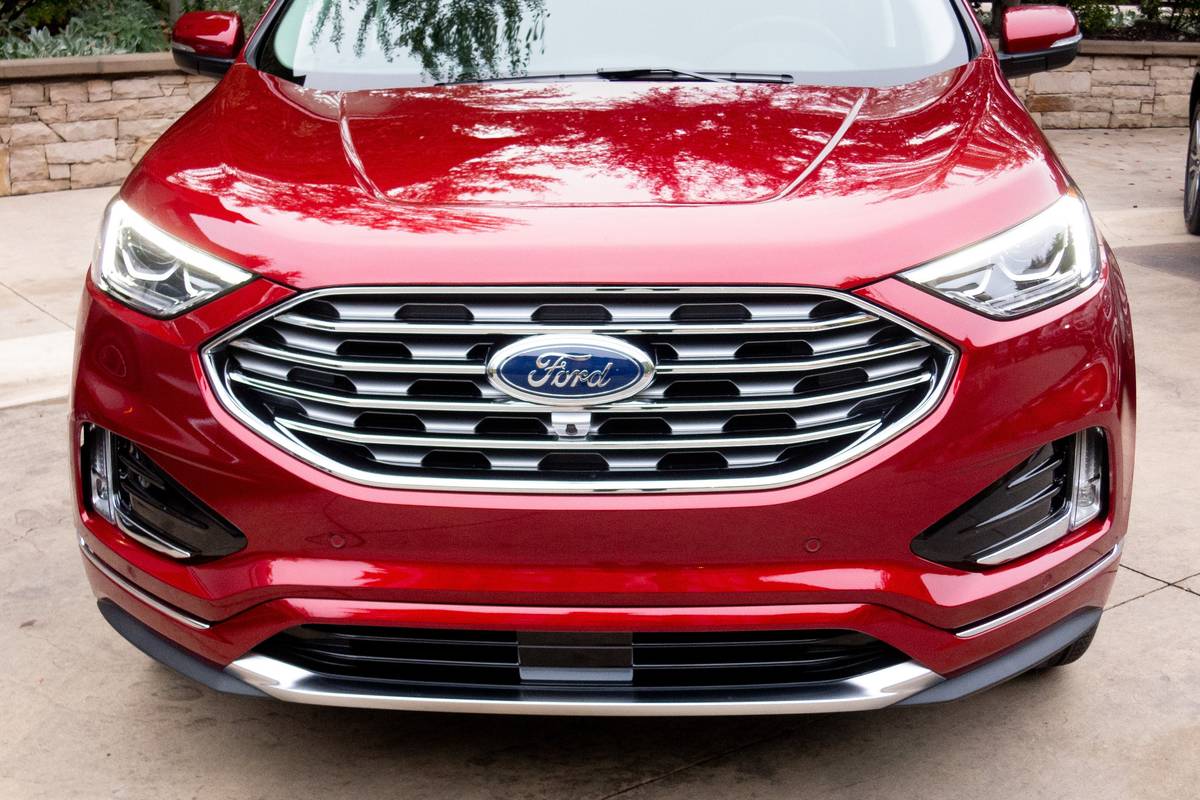
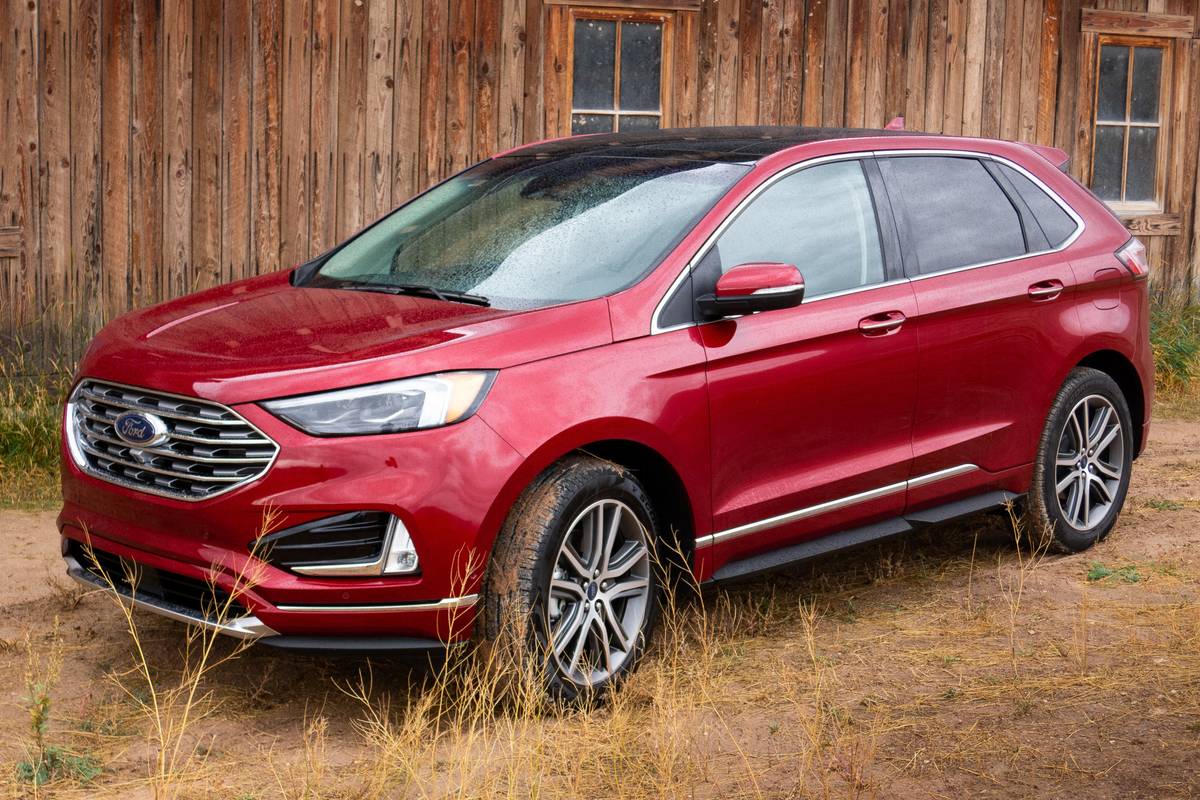
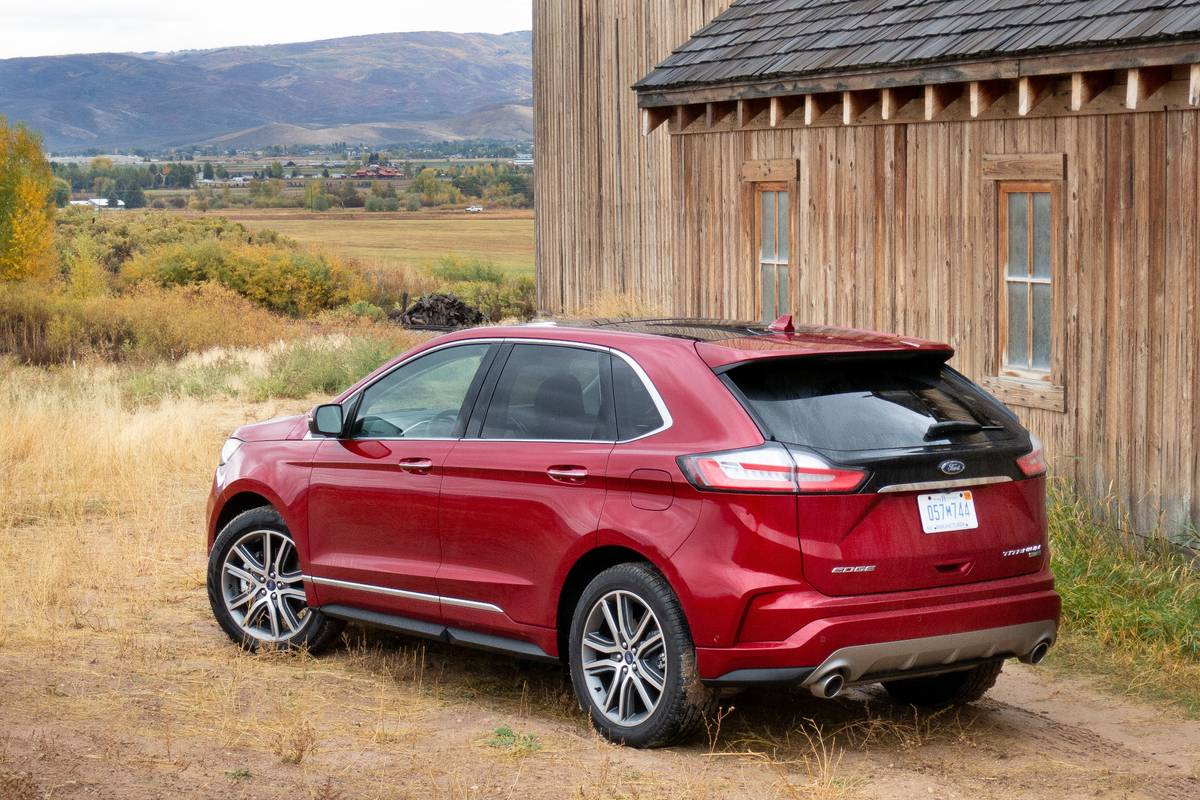
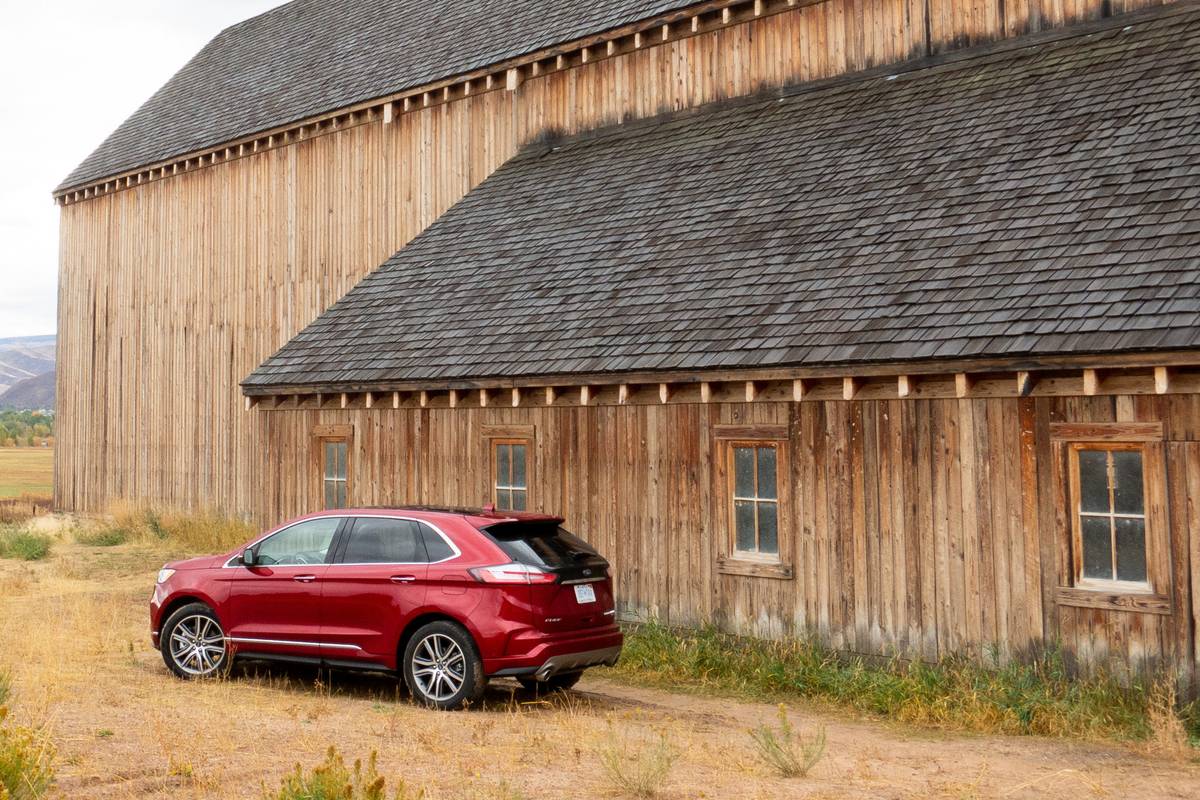
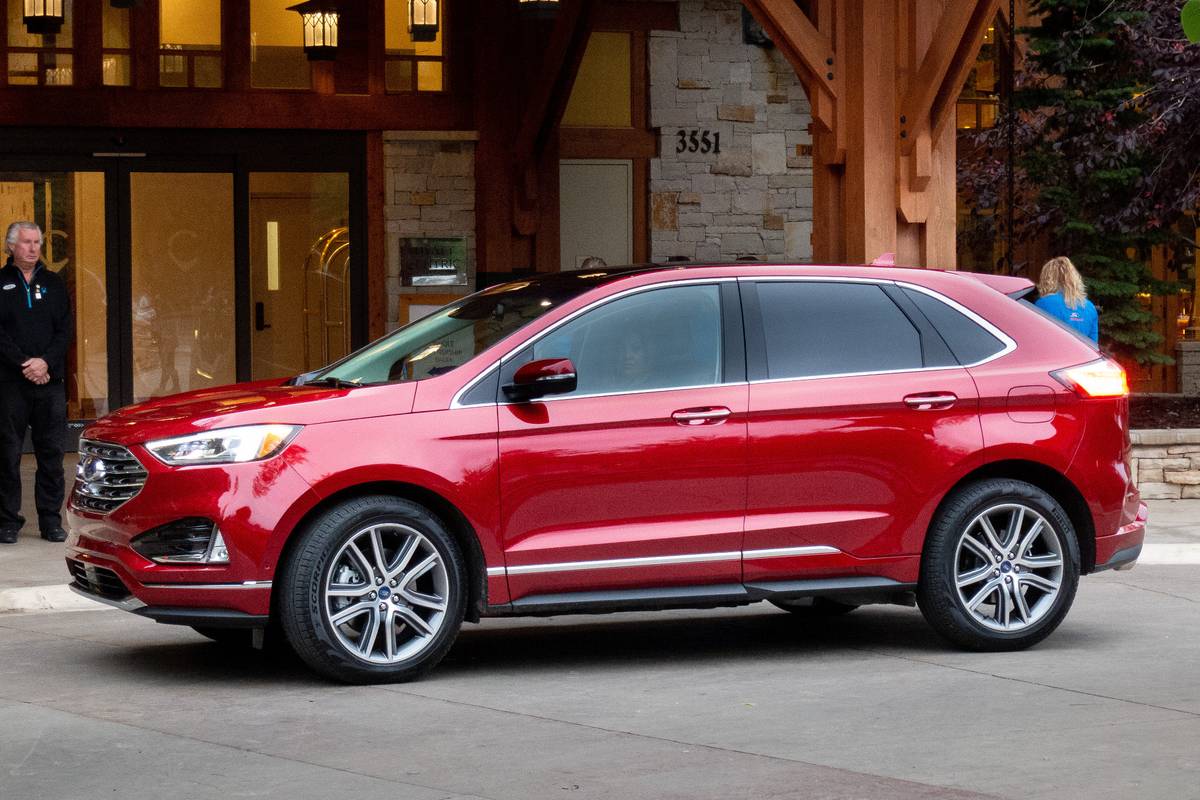
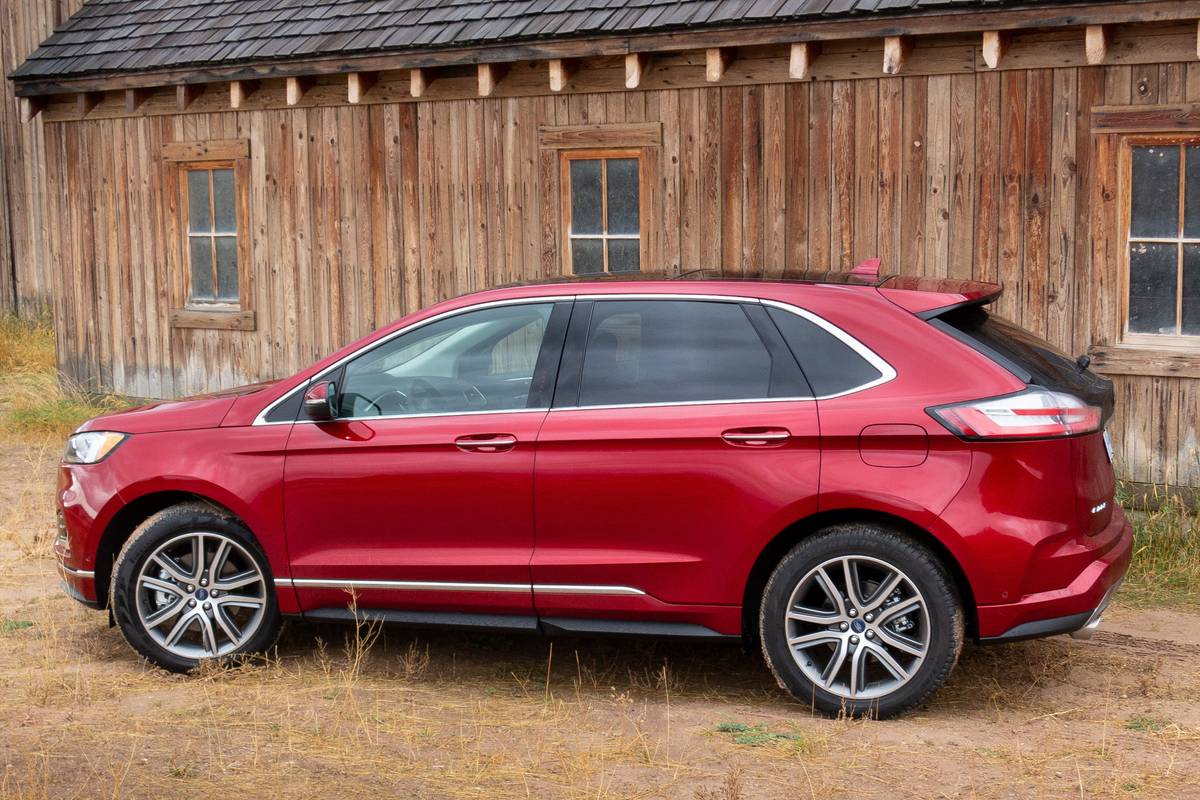
Verdict: The Edge has excellent ride-and-handling balance along with sophisticated driver-assistance and multimedia tech, but its interior quality lags its price, and all but the ST model need more power.
Versus the competition: The Edge is still a solid mid-size SUV with fine driving dynamics, but it needs to up its game. Newer rivals are adding more value, better powertrains and nicer interiors — and that’s before you even consider compact SUVs. The Edge ST performance version, however, is a distinguishing option versus most of the competition.
Ford refreshed the mid-size Edge five-seat SUV for 2019, adding both a fancier version and an edgier ST performance trim level that replaces the old Sport. It also made some not-so-edgy tweaks to the SUV’s front and rear styling, and added a new transmission, a smarter all-wheel-drive option and more standard safety tech.
Also for 2019, Ford killed off the old 3.5-liter V-6 engine. There’s still a V-6 — a more powerful version of the 2018 Edge Sport’s 2.7-liter — but it’s only in the ST. Other versions make do with a 2.0-liter four-cylinder that’s mated to a new eight-speed automatic.
The 2019 Edge continues to offer SE, SEL and Titanium trim levels, and there’s a new Titanium Elite Package with dressier exterior trim and a new top price. Beyond its engine, the ST also adds more aggressive looks and a beefed-up suspension. It’s no fire-breather, but Ford’s ST performance unit has injected a dose of fun into the competent, mild-mannered Edge.
The once-sleepy mid-size SUV class is heating up. The Edge competes with such stalwarts as the Nissan Murano and Jeep Grand Cherokee, but also the redesigned 2019 Hyundai Santa Fe and 2020 Subaru Outback, a resurrected Chevrolet Blazer and the all-new Honda Passport. An Edge Titanium Elite held its own in Cars.com’s recent head-to-head comparison of these SUVs (minus the still-to-come Outback), finishing a close third behind the value-laden Santa Fe and the Pilot-based Passport. See the results here.
I tested two Edge Titanium Elites and an ST for this review.
Only the ST Really Looks New for 2019
All 2019s get a wider, slimmer grille, a new hood, new bumpers and new taillights, as well as standard LED lighting. The Elite Package dresses up the Titanium with its own 20-inch wheel design, plus body-colored bumpers and lower-side cladding. The ST is the new slouching bad boy, but without overdoing the look. It gets slightly more aggressive bumpers, a black mesh grille, blacked-out trim and black lower-side aero, as well as blackened wheels. In addition to the regular Edge paint colors, the ST can be had covered in the Blue Oval’s Performance Blue paint.
Interior a Mixed Bag
The interior mostly carries over from the previous model year, but with changes to the center dashboard and console, which benefit from a new space-saving rotary dial gear selector. The top-trim interior doesn’t quite feel up to its price, however, mixing nice touches with cheaper materials. There’s tasteful metal-look trim alongside cheap-looking panels, with grained plastic on top of the dash. There’s also an odd mix with the center controls: A fancy lighted volume knob and lighted bar-shaped push-buttons for radio tuning (why not a handier knob?) share space on a flat-gray plastic panel with functional but cheap-feeling plastic buttons.
The interior has plenty of room, however. Leather seating is standard in the Titanium, and I found the seats to be supportive both front and rear, if a little too short for the best thigh support. Our test cars had ventilated as well as heated front seats, and the ventilation was actually effective — rarely the case. Another plus on the top trim levels is a full range of power front-seat adjustment not just for the driver but for the passenger, as well, including power lumbar support.
Materials quality, good and bad, holds up in the rear. The reclining rear seat had plenty of legroom for me (6-foot-2) to sit behind a driver of my size even though it doesn’t slide, but the optional panoramic moonroof left barely enough headroom for me.
The ST interior reflects the Titanium: all black, but with the addition of a pair of nicely padded and well-bolstered sport seats up front. They do a good job of keeping you in place thanks to both contouring and grippy, suedelike inserts.
A Place for Everything
Cabin storage is excellent, with a deep center console bin, a big bin ahead of the gear selector dial, slots flanking the cupholders, space under the center console and good-size door bins. An extra touch that isn’t seen enough is more storage atop the dashboard under a flip-up lid.
Ford says the Edge has 39.2 cubic feet of cargo room behind the rear seat — ample room we confirmed with our own measurements for our mid-size Challenge, where it had the most useful volume of the six contestants. The cargo area has releases for the 60/40-split, folding backrests to open up a maximum 73.4 cubic feet of space. The available power liftgate includes hands-free operation.
Tech Satisfaction
Ford’s user-friendly Sync 3 media system — standard on the SEL and up — is quick, and the 8-inch touchscreen is sharp and responsive. It includes standard smartphone integration and a Wi-Fi hot spot (with subscription) for up to 10 devices. The system’s voice control was the most accurate of the SUVs tested in the mid-size Challenge. The display is well-placed for sight lines, though it’s angled slightly upward, which can catch glare and show off fingerprints. You shouldn’t consider an Edge without Sync 3; the base system’s small screen and one USB port are not going to satisfy.
There are two USB ports on higher trim levels (fewer than most rivals), and the Titanium adds wireless charging. There are 12-volt power outlets on the side of the center console, in the console bin and in the cargo area. Rear passengers get no USB ports, though they have a 110-volt household outlet as well as 12-volt power.
A Tale of Two Engines
The standard turbocharged 2.0-liter four-cylinder puts out 250 horsepower and 280 pounds-feet of torque on premium gasoline. That’s up 5 hp and 5 pounds-feet from last year. Ford says it’s designed to operate on regular gas, as well, though with lower output.
A new eight-speed automatic, which replaces the old six-speed, is generally well-behaved, not stumbling or hunting for gears. Power is adequate but in no way exciting, seeming overmatched by the 4,124-pound SUV (AWD version). That feeling was compounded by a beat or so of turbo lag off the line and relatively quick upshifts, then reinforced by lag on some downshifts. Downshifts are fast enough when you go from some gas to more gas, but they lag when you punch the pedal after coasting or braking. Using Sport mode holds lower gears longer and sharpens response, particularly for mid-range passing.
This new normal for the Edge has a payoff in better mileage; its EPA-estimated rating of 22/29/25 mpg city/highway/combined (with front-wheel drive) is up a little from the 2018 2.0-liter and up substantially from the retired V-6. The AWD Titanium came in second in combined mileage in real-world testing for our mid-size SUV Challenge, lagging only the Murano, which has a V-6 and a continuously variable automatic transmission. The Edge averaged 25.6 mpg in roughly 210 miles of city and highway driving, but came in last in the Challenge ranking of fuel cost per mile because of its recommended premium gas. (We didn’t test the Edge with regular, though it’s usable if the lessened power is adequate for you.) Even running on premium, the Edge’s near-luxury aspirations would benefit from more scoot. Yes there’s the ST, but it’s a very different vehicle.
The heart of the ST is the willing twin-turbocharged 2.7-liter EcoBoost V-6 that pumps out 335 hp and 380 pounds-feet of torque, up 20 hp and 30 pounds-feet from the 2018 Sport (again assuming premium fuel). It’s a gem that’s mated to an ST version of the eight-speed automatic. Despite being tuned for the ST, the transmission was still quick to upshift and took a beat or two to downshift. Ford says the powertrain is good for a zero-to-60-mph time in the 5-second range. The gas mileage penalty isn’t even huge, with EPA ratings down just 2 mpg across the board from a civilian Edge with AWD.
Goes Where You Point It
The Edge combines excellent bump absorption, isolation and a comfortable, carlike ride with very capable handling. It finished second in the Challenge in both handling and ride, showing it could both walk and chew gum without sacrificing one for the other. There’s good body control and the steering is great: quick and nicely weighted, with crisp turn-in.
The Edge’s handling also benefits from the optional AWD, which got smarter for 2019. It can now idle the link to the rear wheels when it’s not needed, helping fuel economy, but can then nearly instantly (Ford says within 10 milliseconds) send up to 100 percent of power to the rear, though it doesn’t split it side to side. AWD engagement is managed by artificial intelligence and sensor inputs, including outside temperature and whether the windshield wipers are on.
The ST improves on that foundation with Ford Performance tuning and shock absorbers that make it even more agile. Cornering is flat for a heavy SUV, though there’s still some roll, and there’s less understeer than in the standard Edge. Steering also had sharper turn-in, and whereas the standard Edge was limited at the edge by efficiency-oriented all-season tires, the ST we drove had handling limits boosted by the $2,695 ST Performance Brake Package, which adds 21-inch black wheels (20s are standard) with grippy summer tires. You pay a price in firmer ride; the ST might not be your best choice if you commute on pothole-ridden city streets.
For weekend fun, though, the S button in the center of the rotary shifter activates an ST-specific Sport mode that tightens steering, throttle and transmission response, adds rev-matching and lets the steering-wheel paddles hold gears to the redline. It alters the configurable portion of the instrument cluster to bring up a tachometer and graphics such as turbo boost and power distribution. Sport also enhances engine growl, though only in the cabin, where it comes through the speakers. If it’s track day, the ST allows you to dial back — though not completely disable — stability controls for looser wheel slip and roll parameters before intervention.
More Safety Tech Standard
The Edge earned top scores for crashworthiness and front collision system in Insurance Institute for Highway Safety testing, but both available headlight systems are rated poor, even though the Edge offers an adaptive headlight system.
When it comes to advanced safety and driver-assistance technology, however, the Edge was the top scorer in our mid-size Challenge. Standard for 2019 is a bundle of tech branded Co-Pilot360. It includes a front collision warning system with automatic braking, blind spot warning with rear cross-traffic alert, lane departure warning, lane keep assist and automatic high beams. The optional Co-Pilot360 Plus adds adaptive cruise control with full stop-and-go, lane centering and evasive steering assist. My tester had it, and the cruise control was as capable as advertised. The Edge’s robust lane-centering system also worked all the way to a stop. The only change I would make in the system — and it’s a complaint I have with most such systems — would be a more prominent indicator of when it is or isn’t locked on. Perpendicular and parallel-parking assist is optional, but no 360-degree camera system is available. Some rivals offer one.
Cars.com’s 2019 Edge Car Seat Check report card shows straight B’s — not enough to match more family-friendly SUVs. The Edge’s shortcomings mostly had to do with difficult Latch anchors and seat belt buckles that are tougher for kids to use.
Pricing Tests Value
The freshened Edge remains a solid mid-size SUV, but rivals offer a lot of features at relatively mainstream prices compared with luxury brands. You can get a pretty nice front-wheel-drive Edge SE for the starting price of $31,090 (all prices include destination). At the other end, an AWD Titanium Elite starts at $47,195 and the ST at $43,450. As tested, the loaded Elite we drove had a sticker of $48,210 and the ST tipped the scales at $52,515.
Higher value scores were a significant factor in the Edge Titanium Elite being edged out in our mid-size SUV Challenge by top trim levels of the new Santa Fe and Passport, which lagged in driving fun but offered a load of upscale features at prices $8,305 and $3,485 cheaper, respectively. Compare their features and trim levels here.
Cars.com’s Editorial department is your source for automotive news and reviews. In line with Cars.com’s long-standing ethics policy, editors and reviewers don’t accept gifts or free trips from automakers. The Editorial department is independent of Cars.com’s advertising, sales and sponsored content departments.






















































